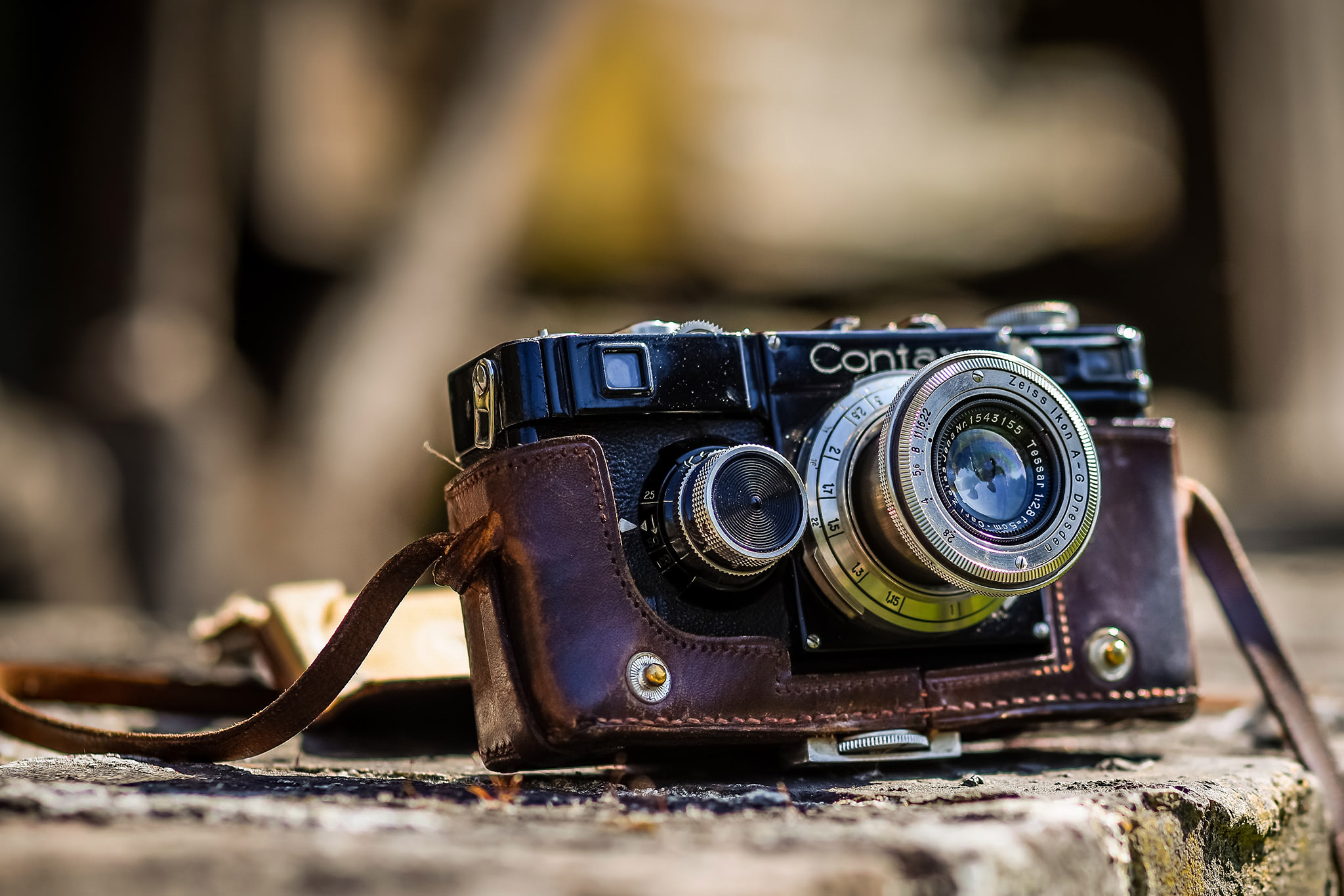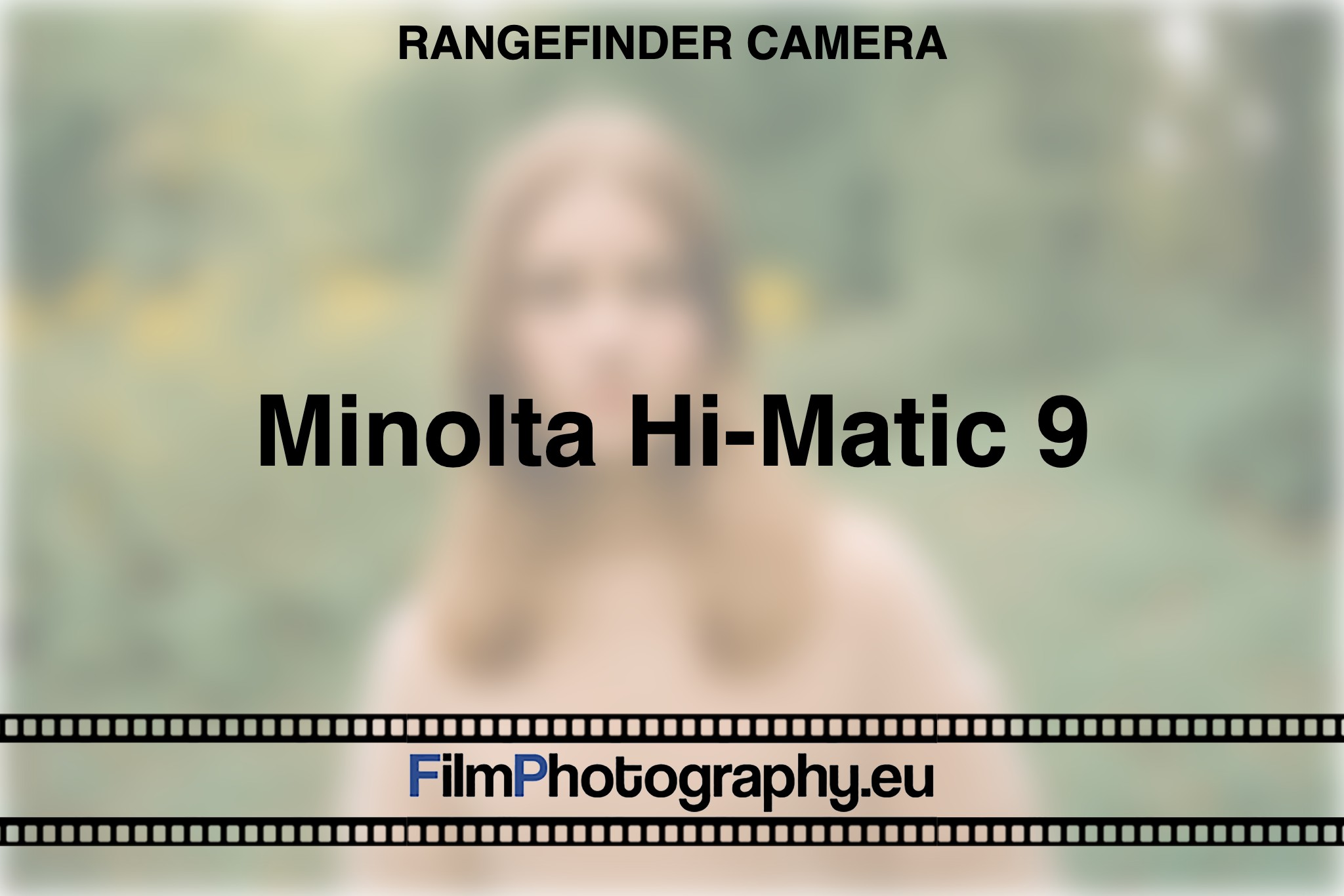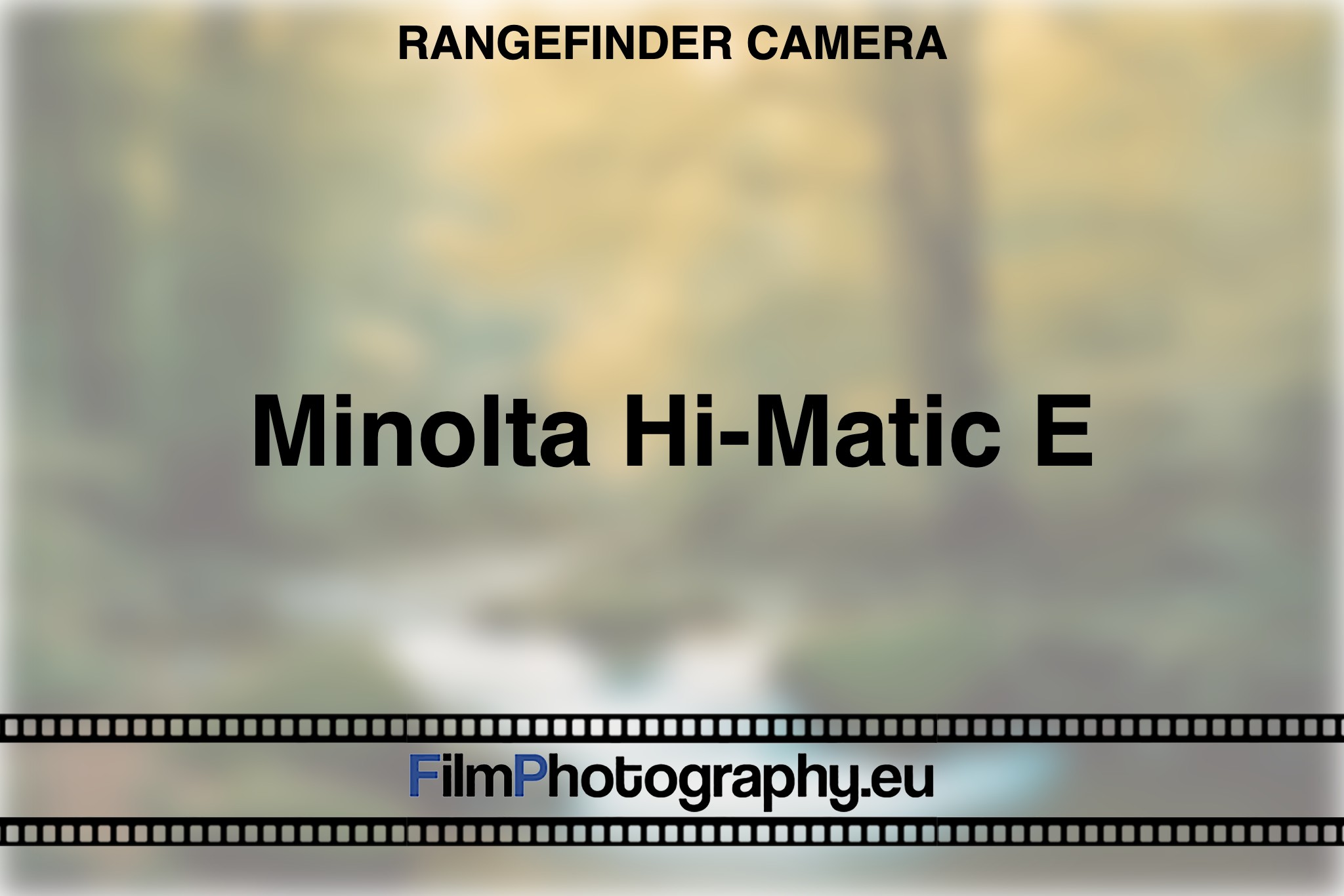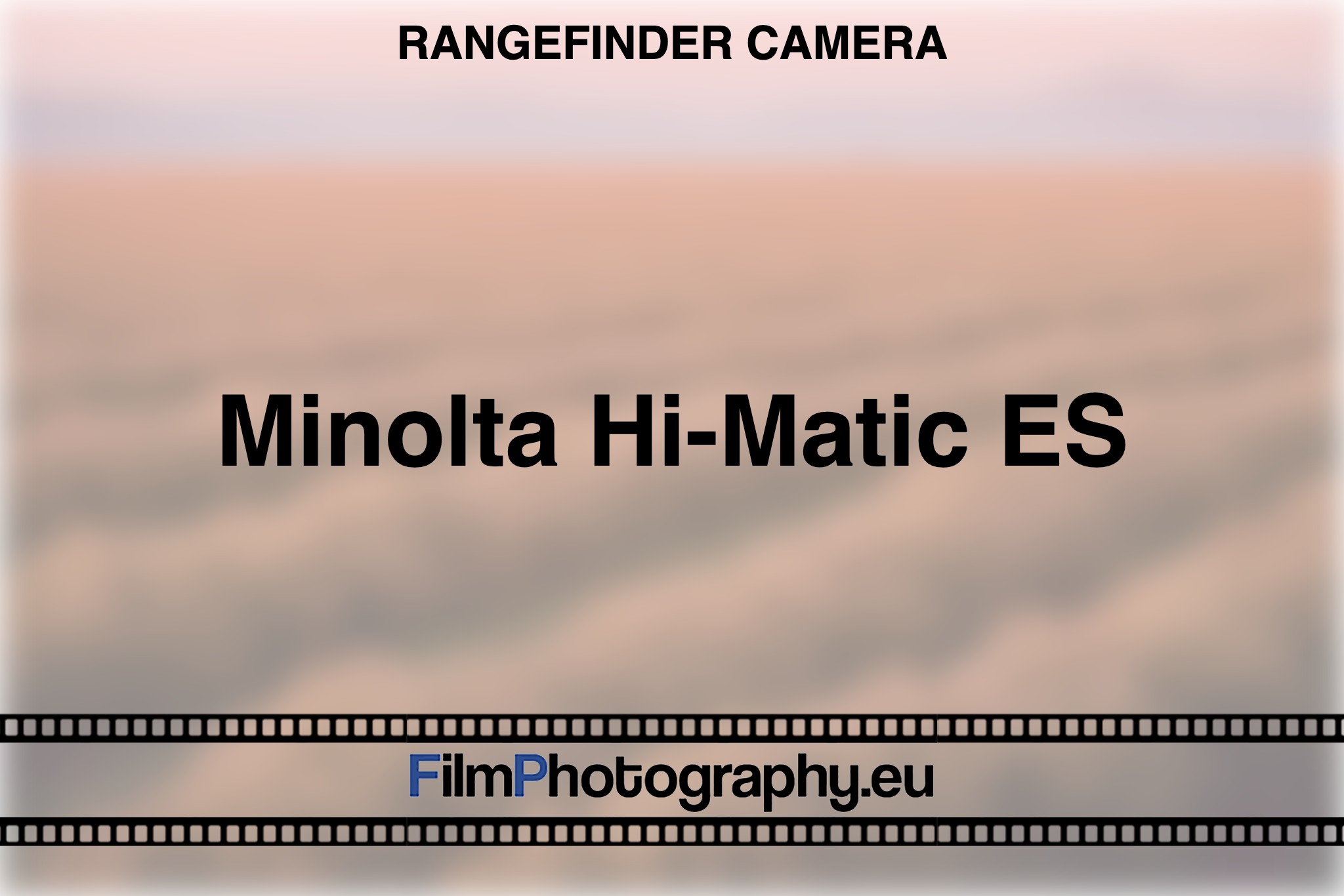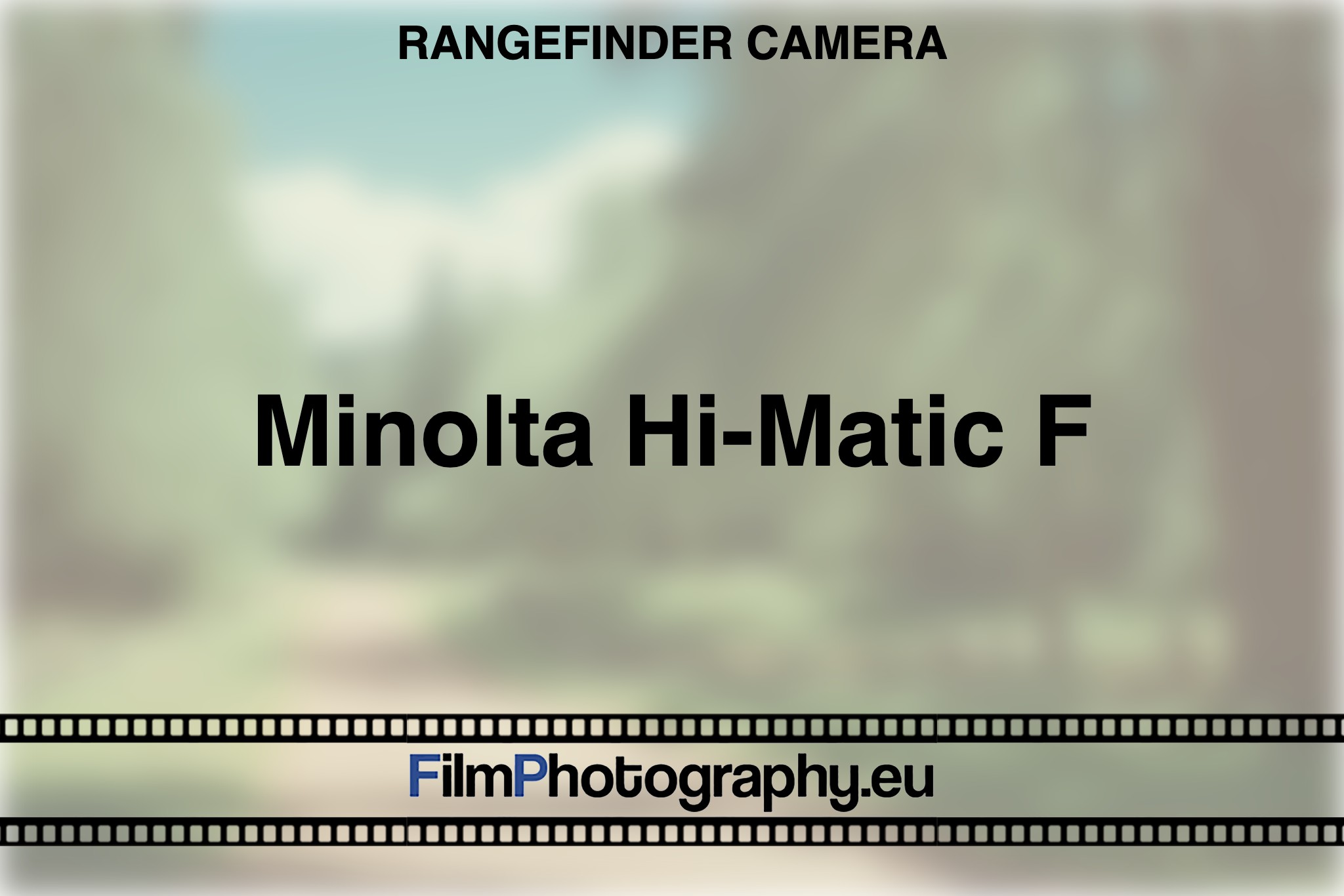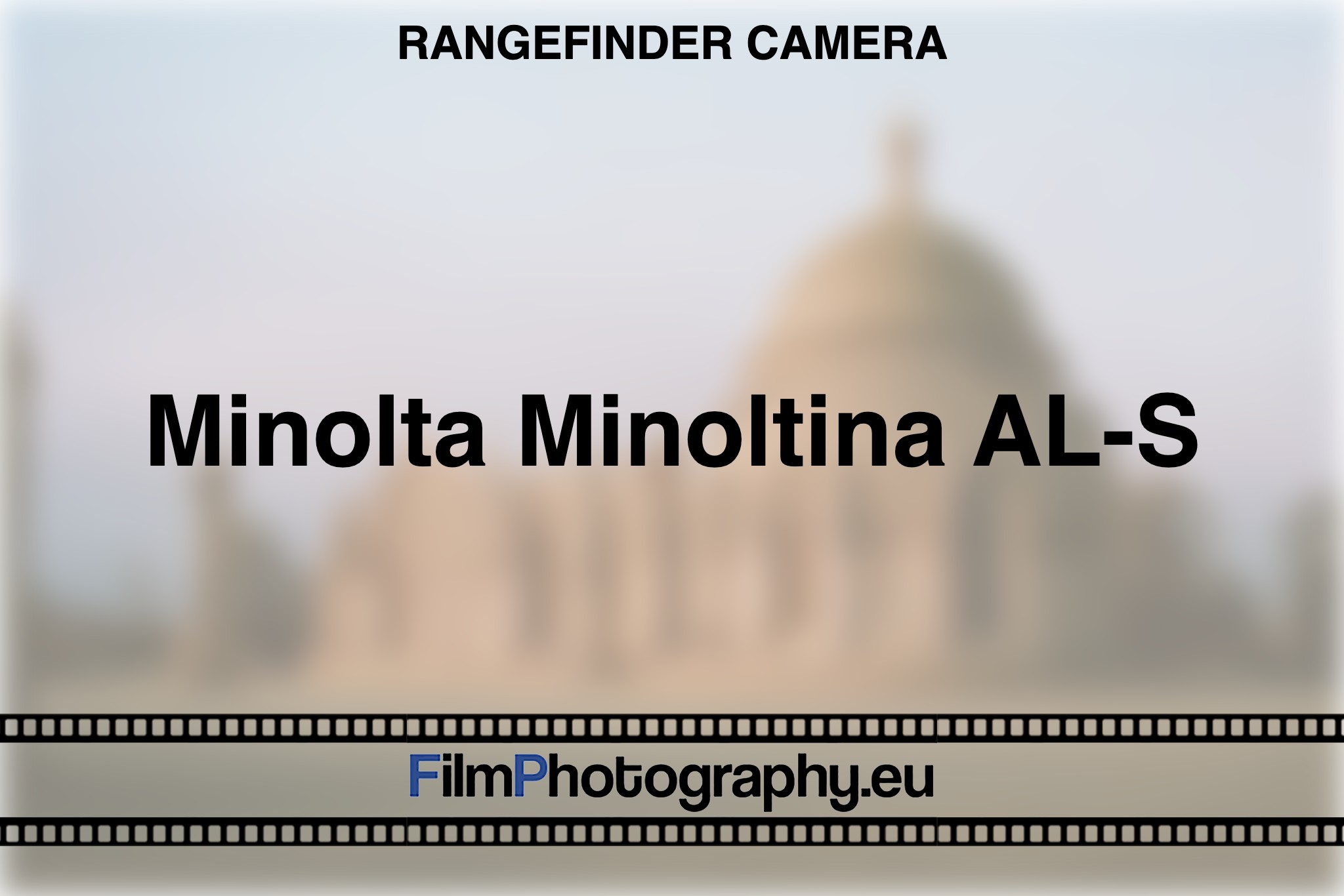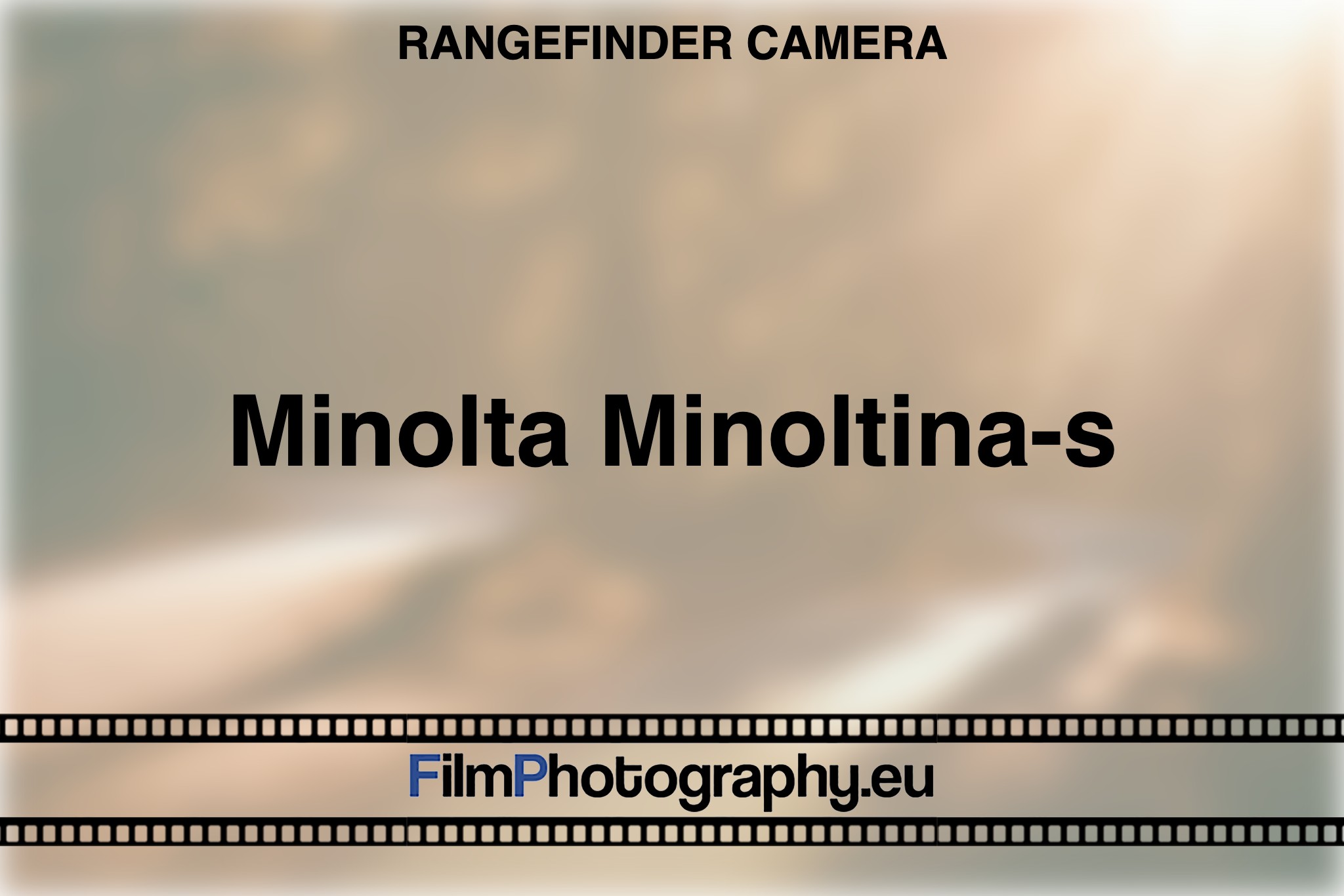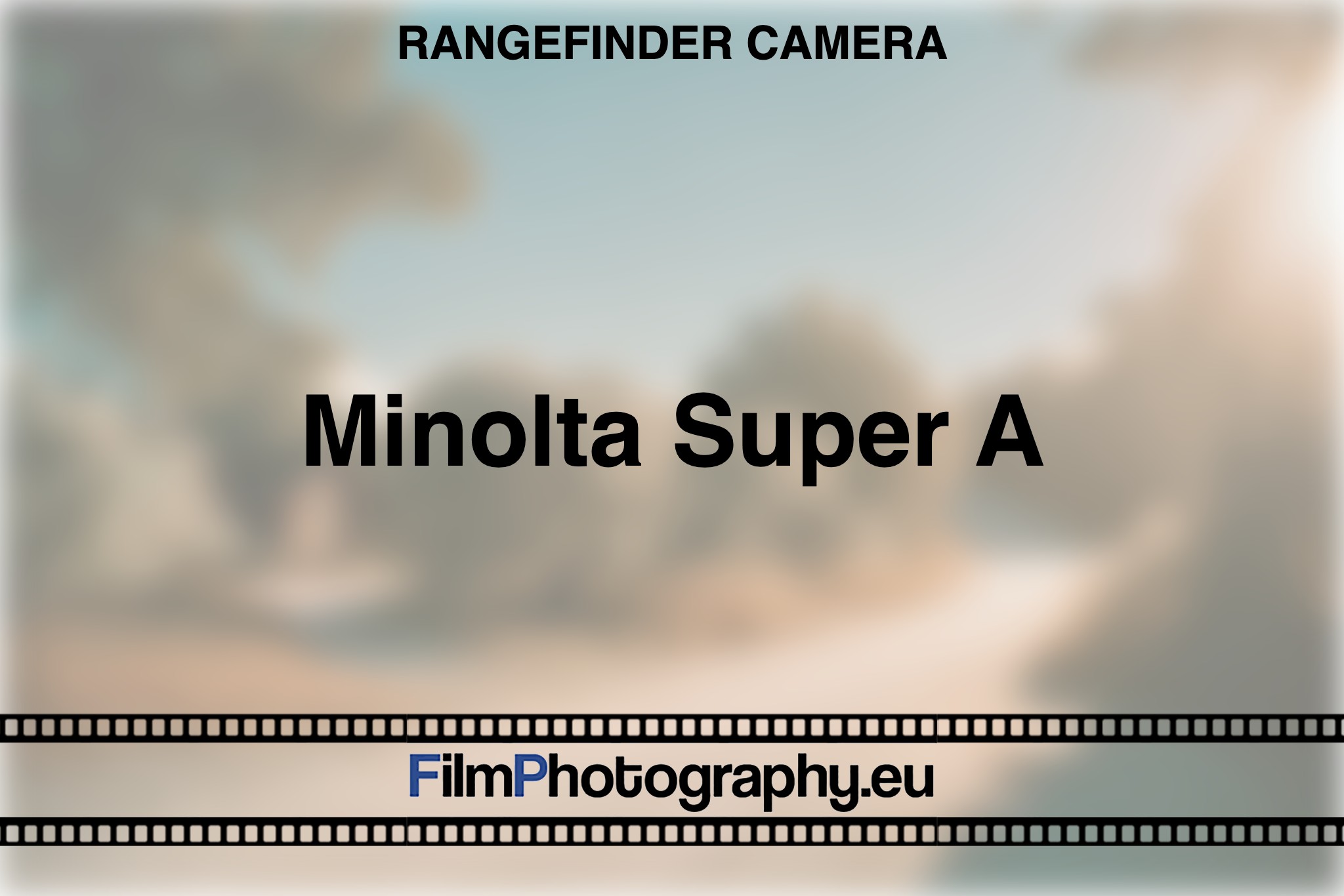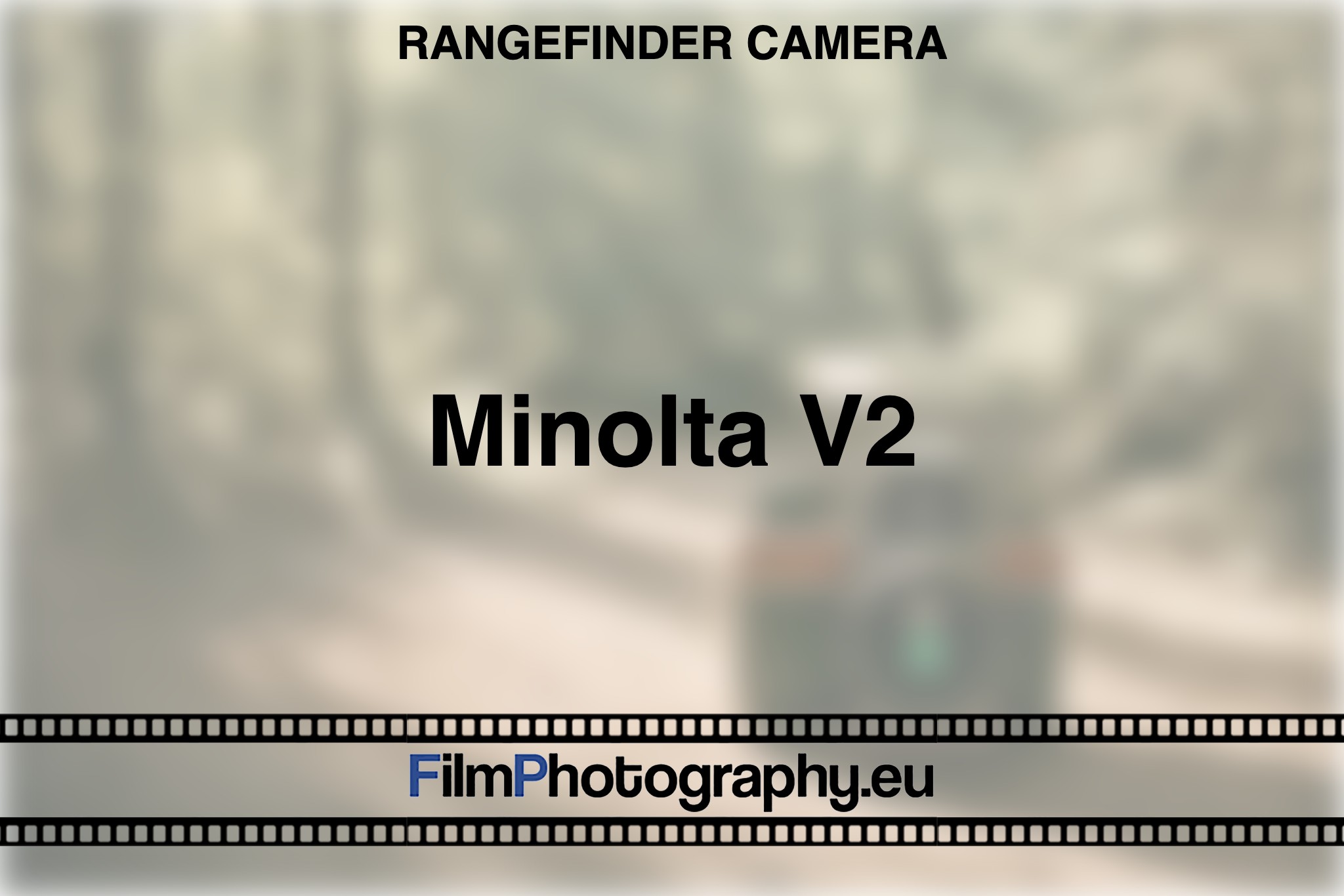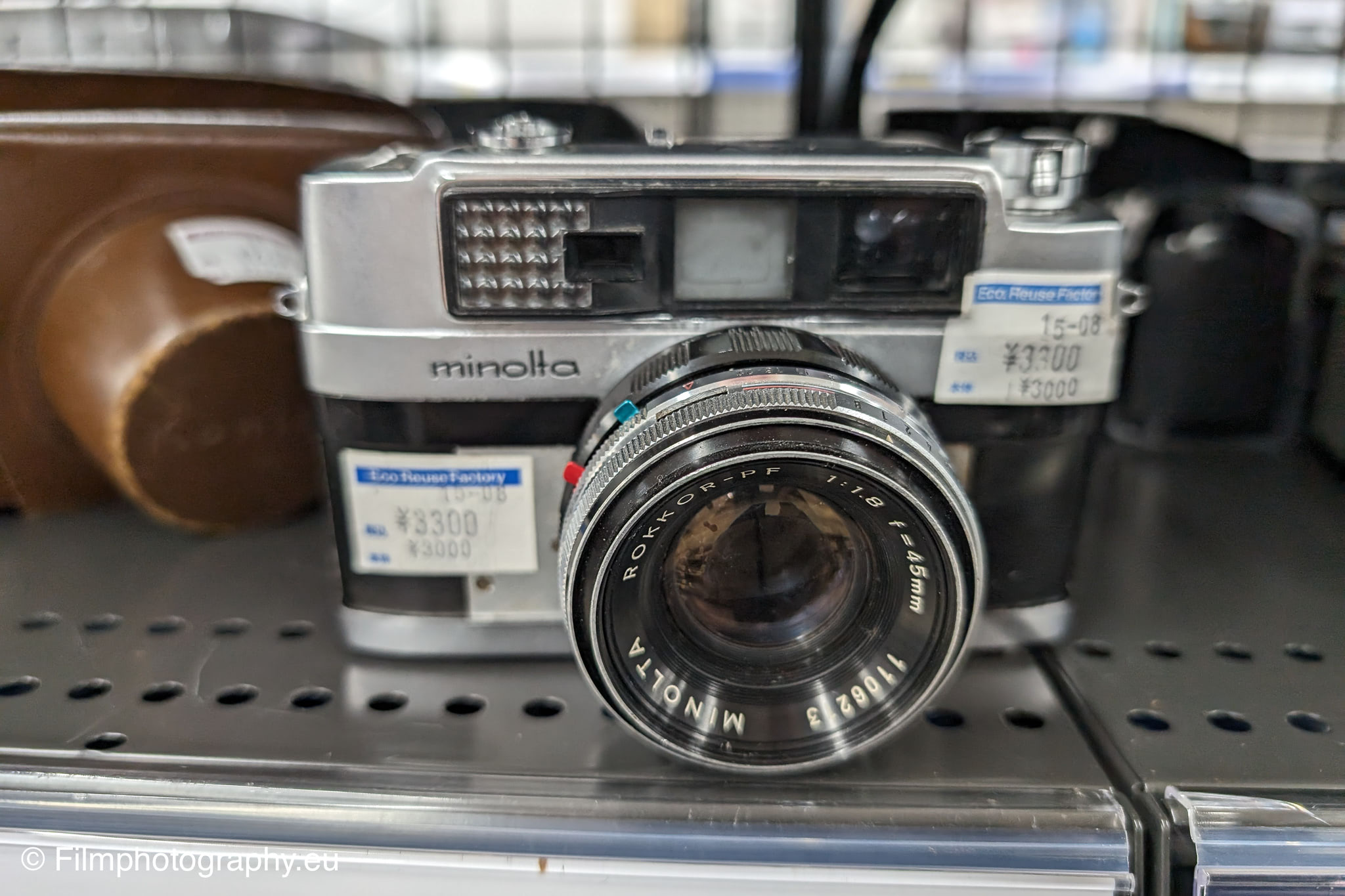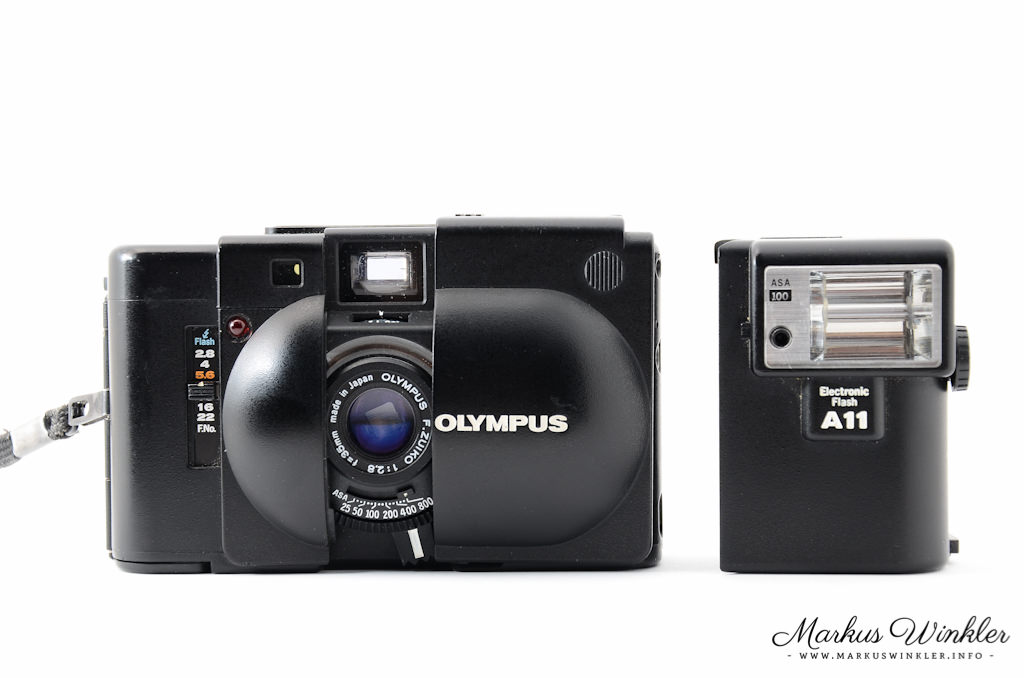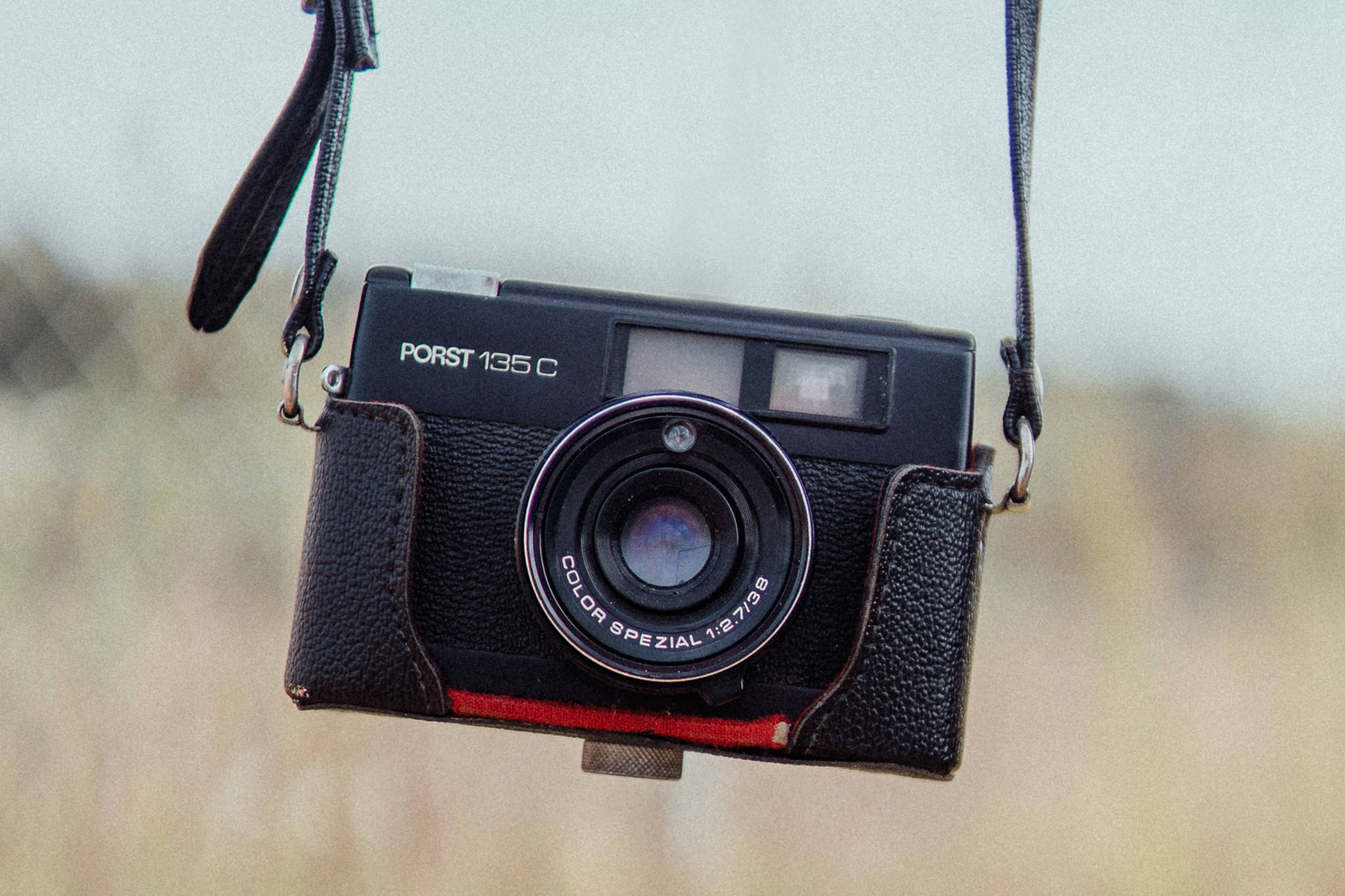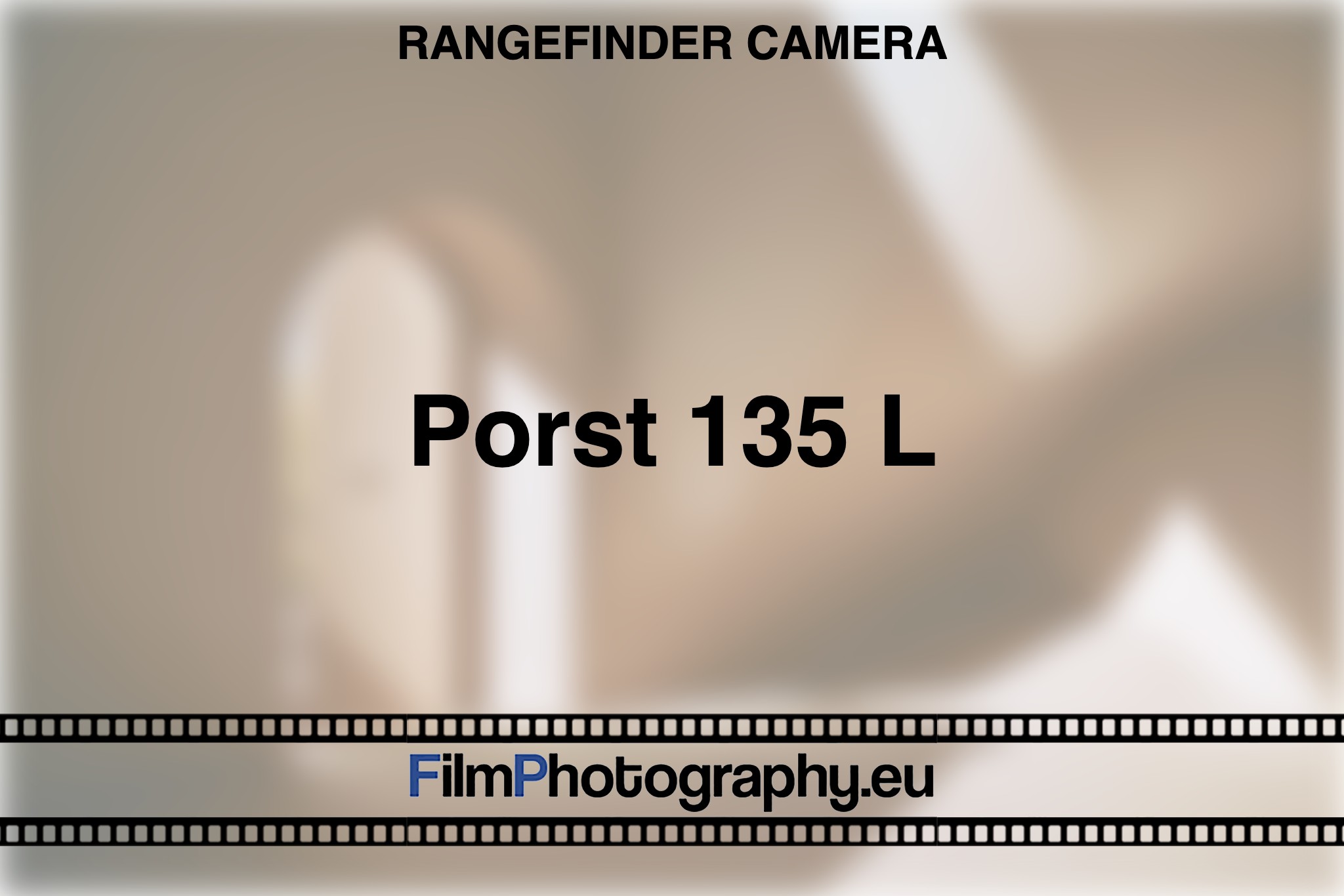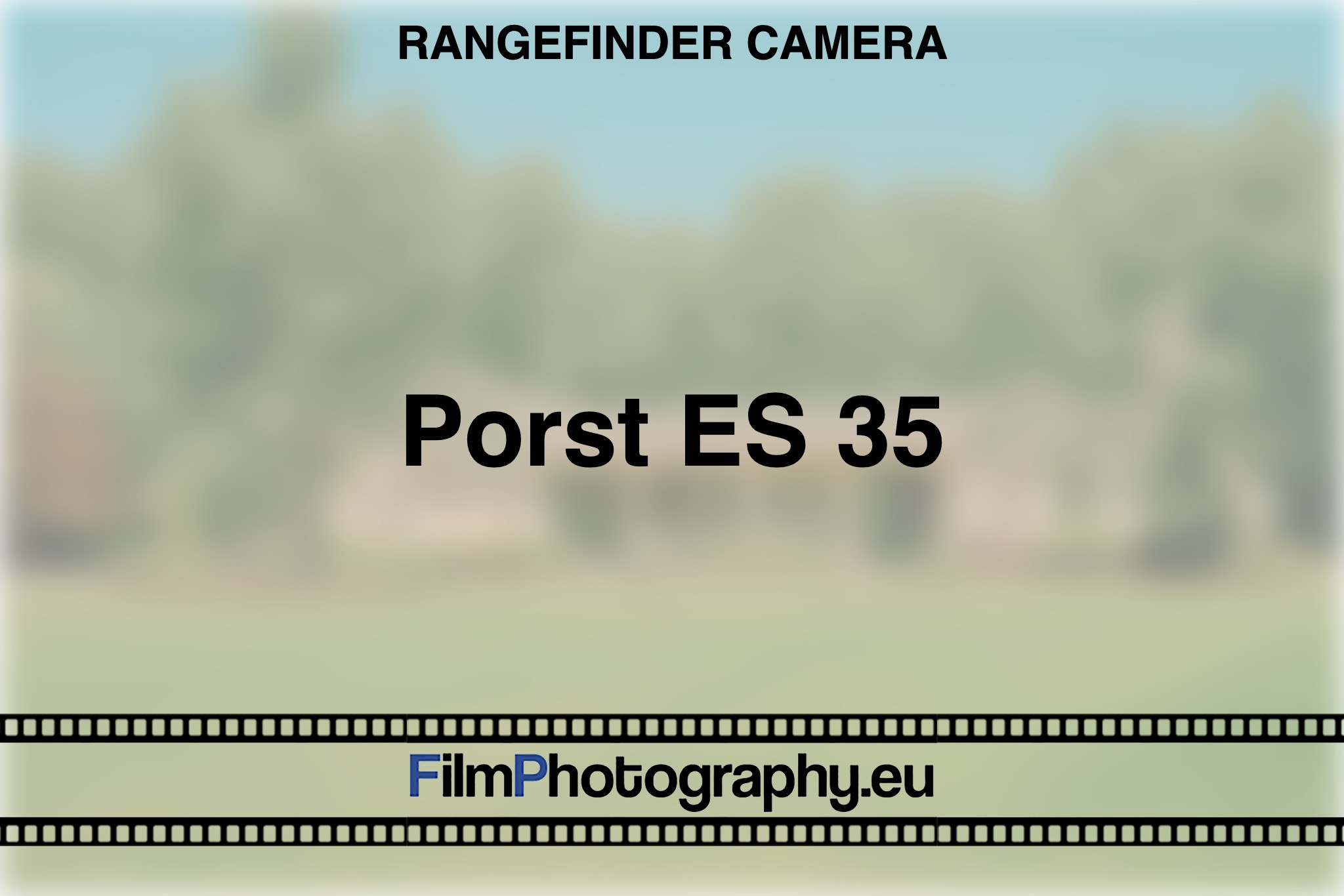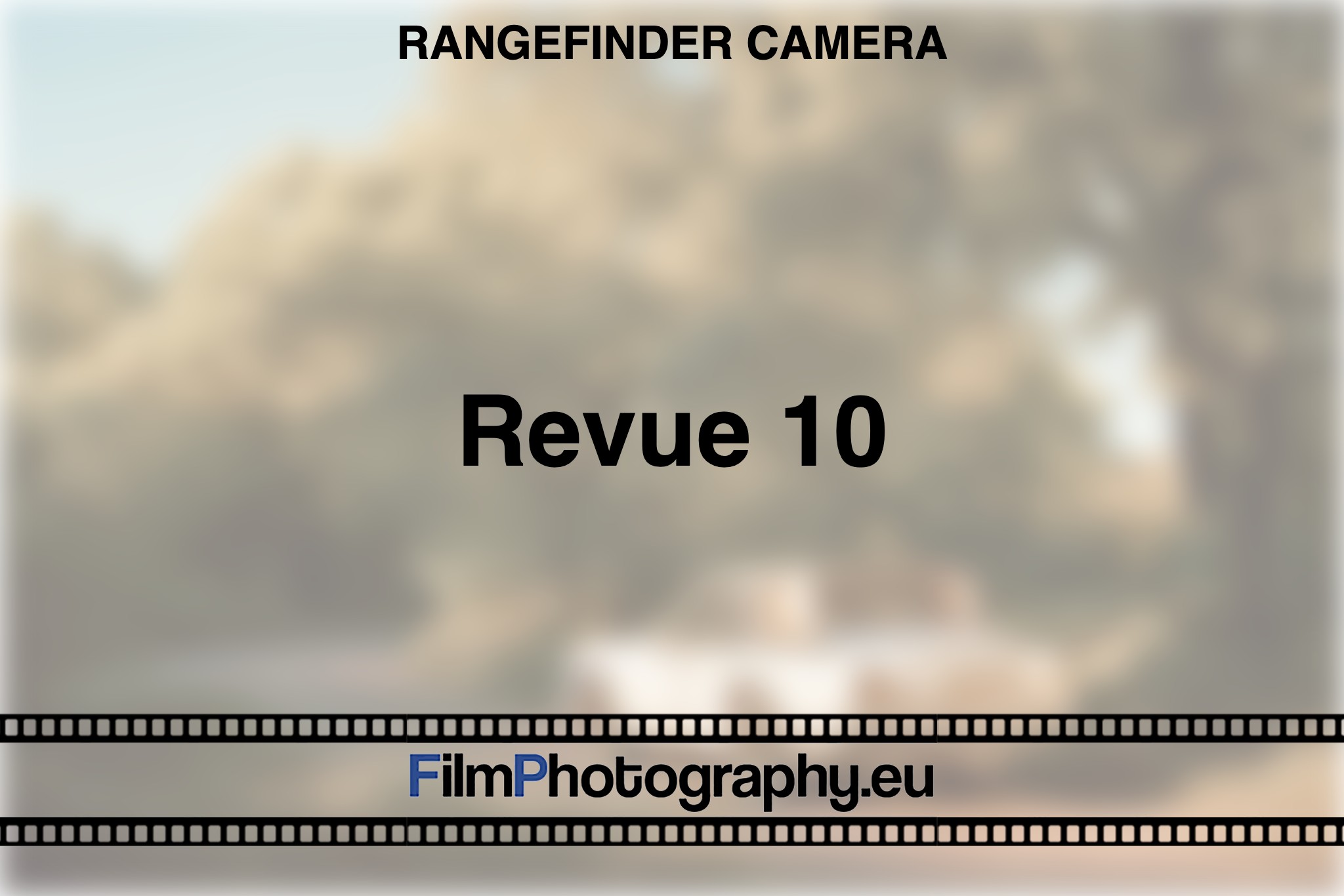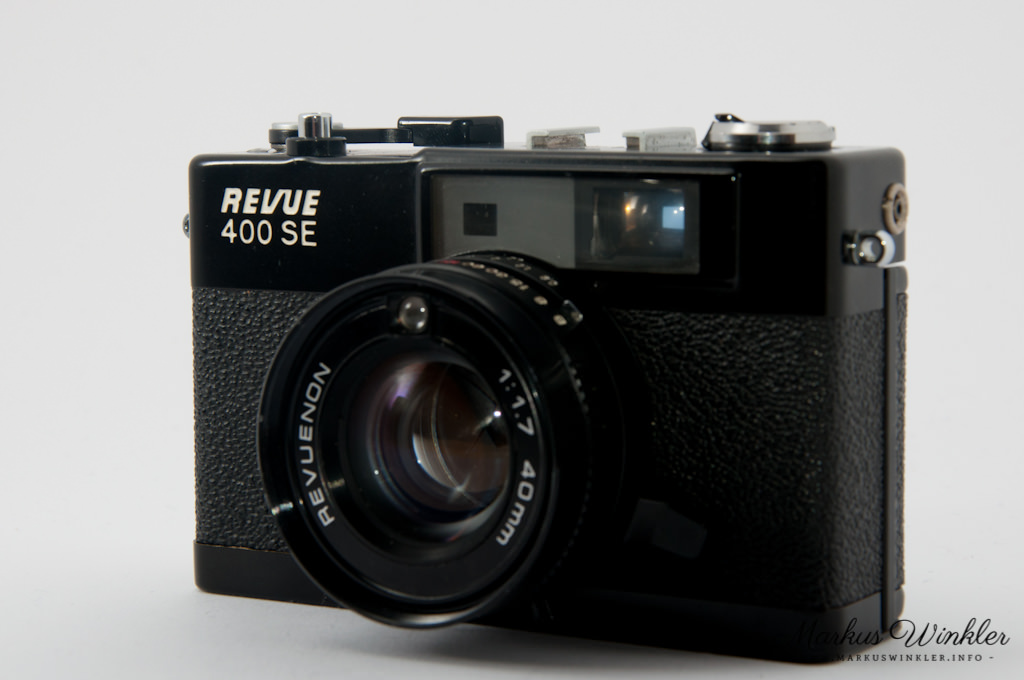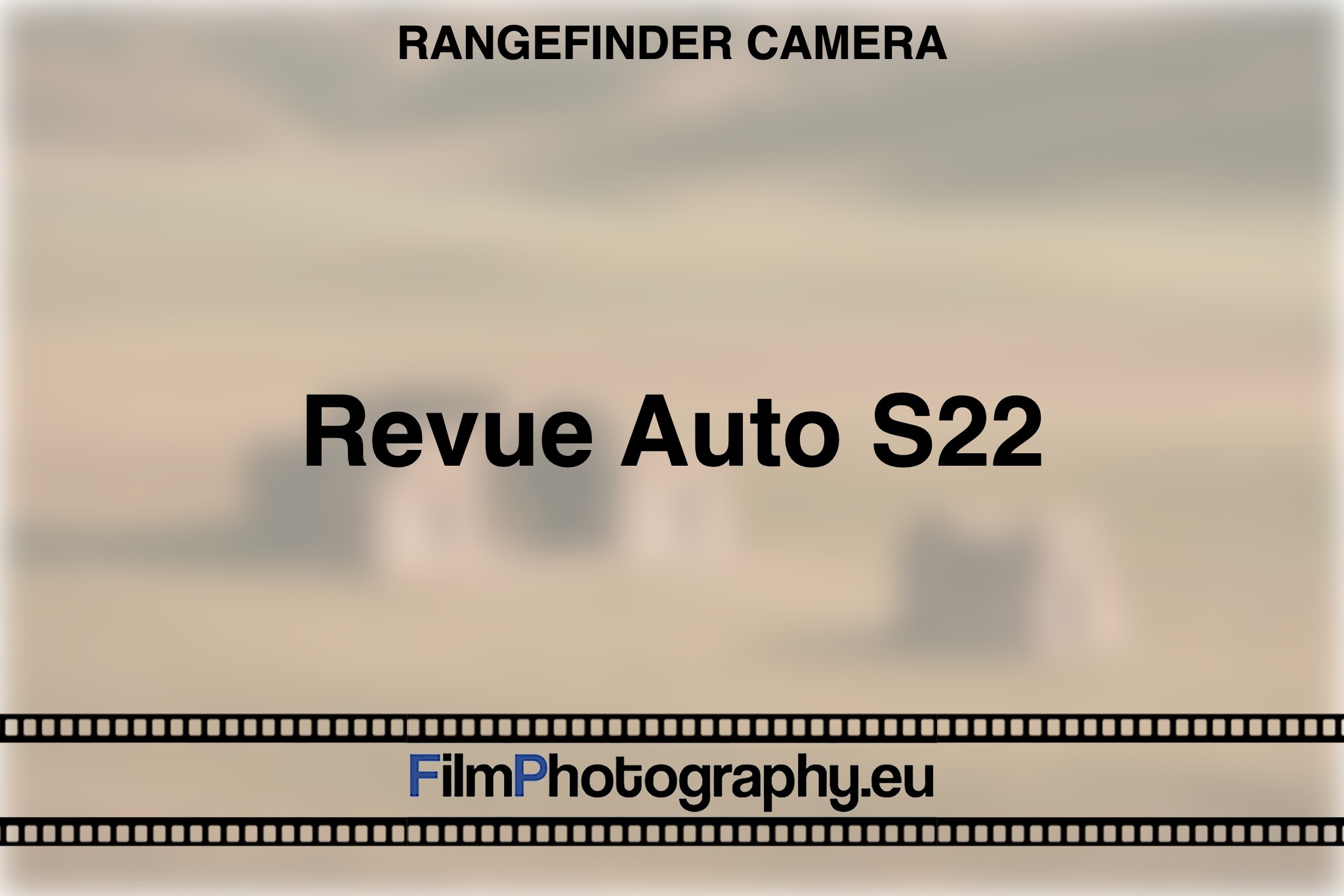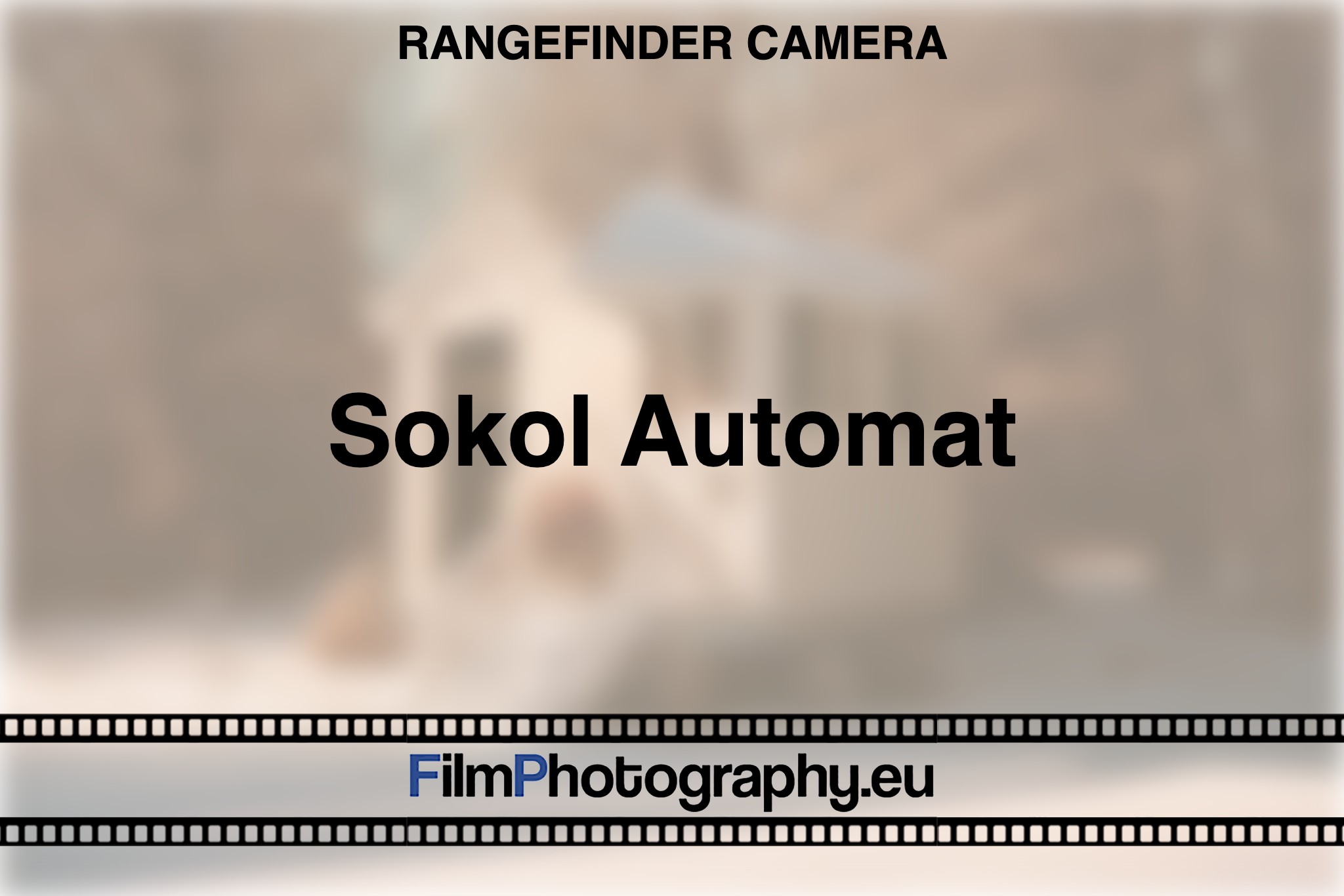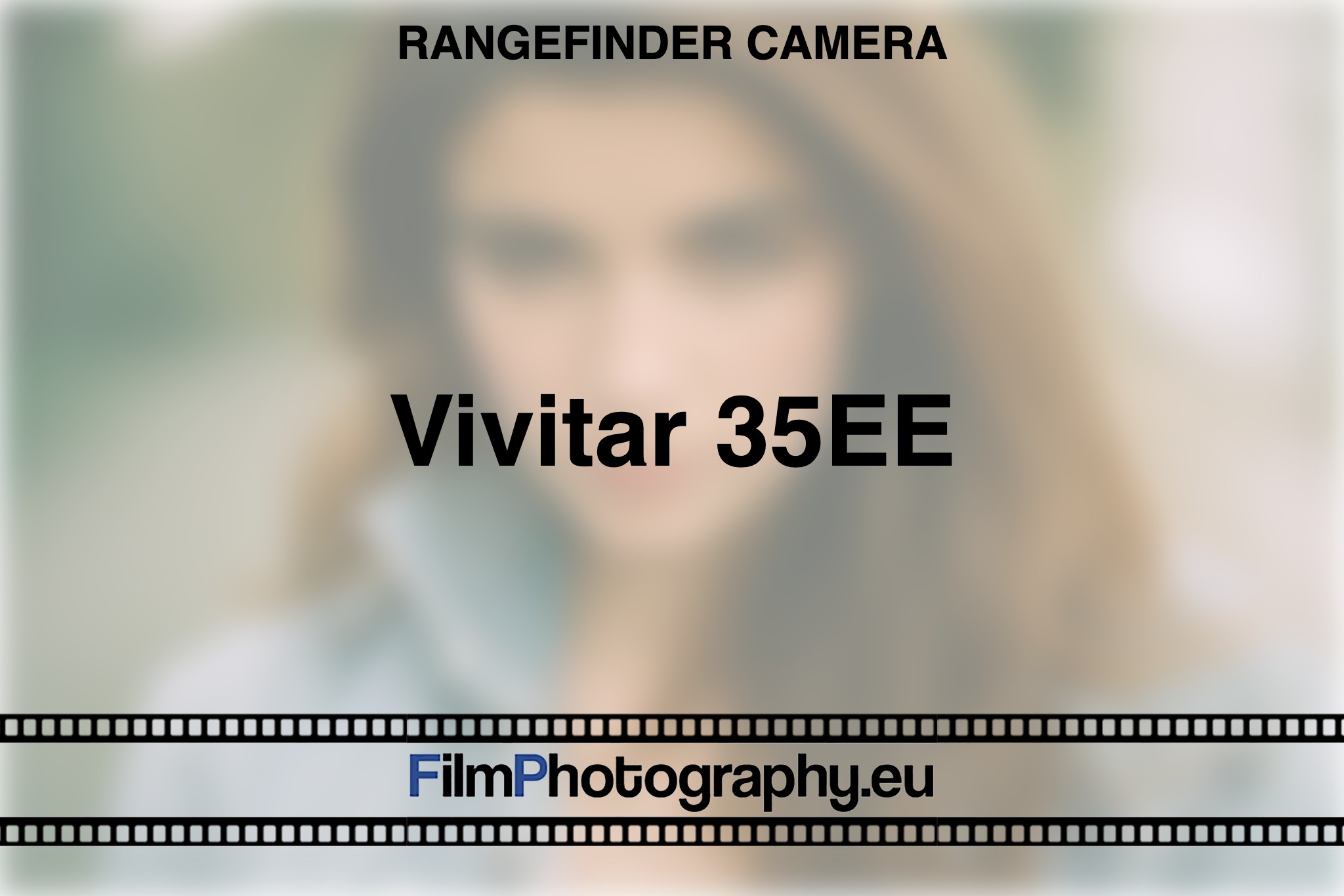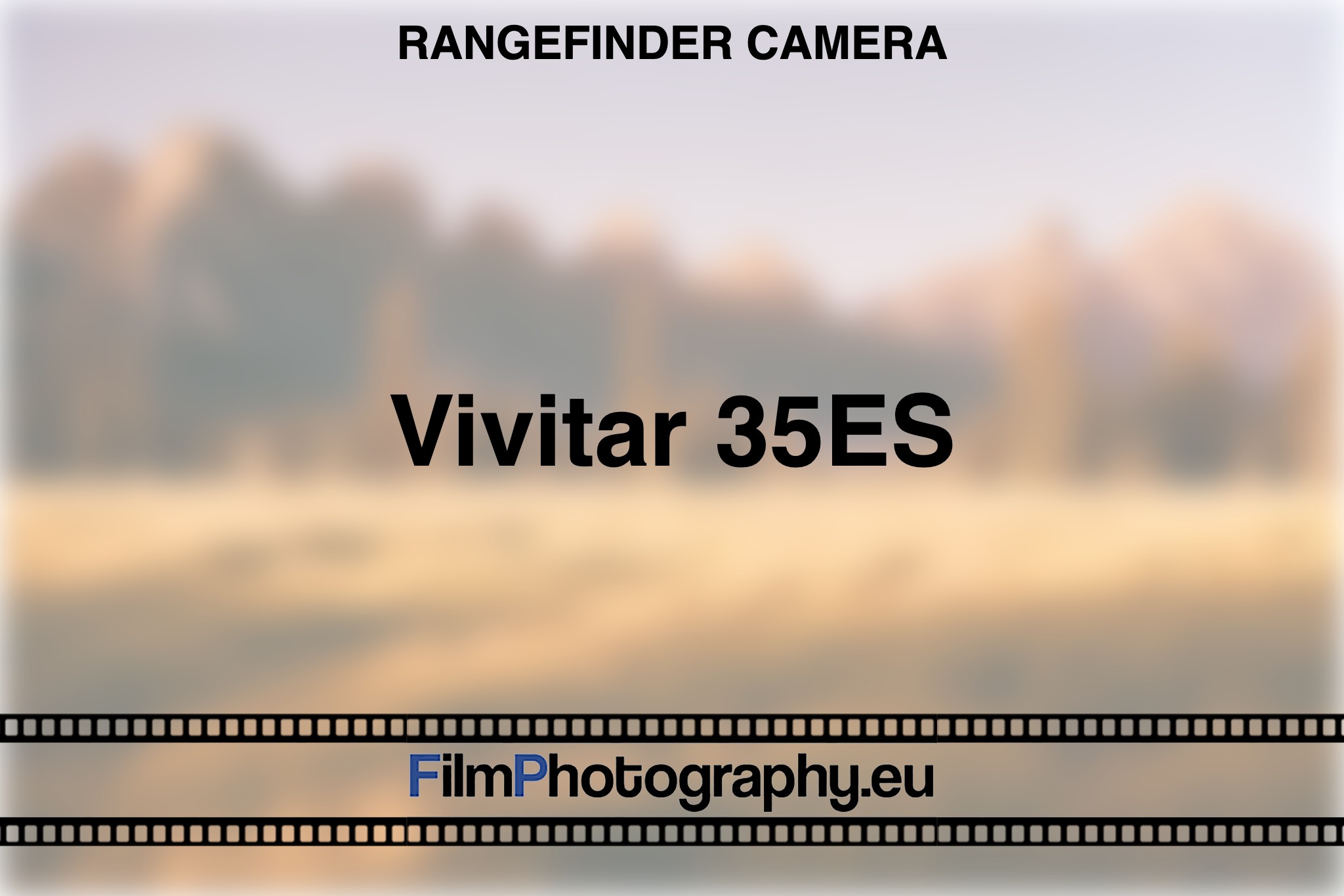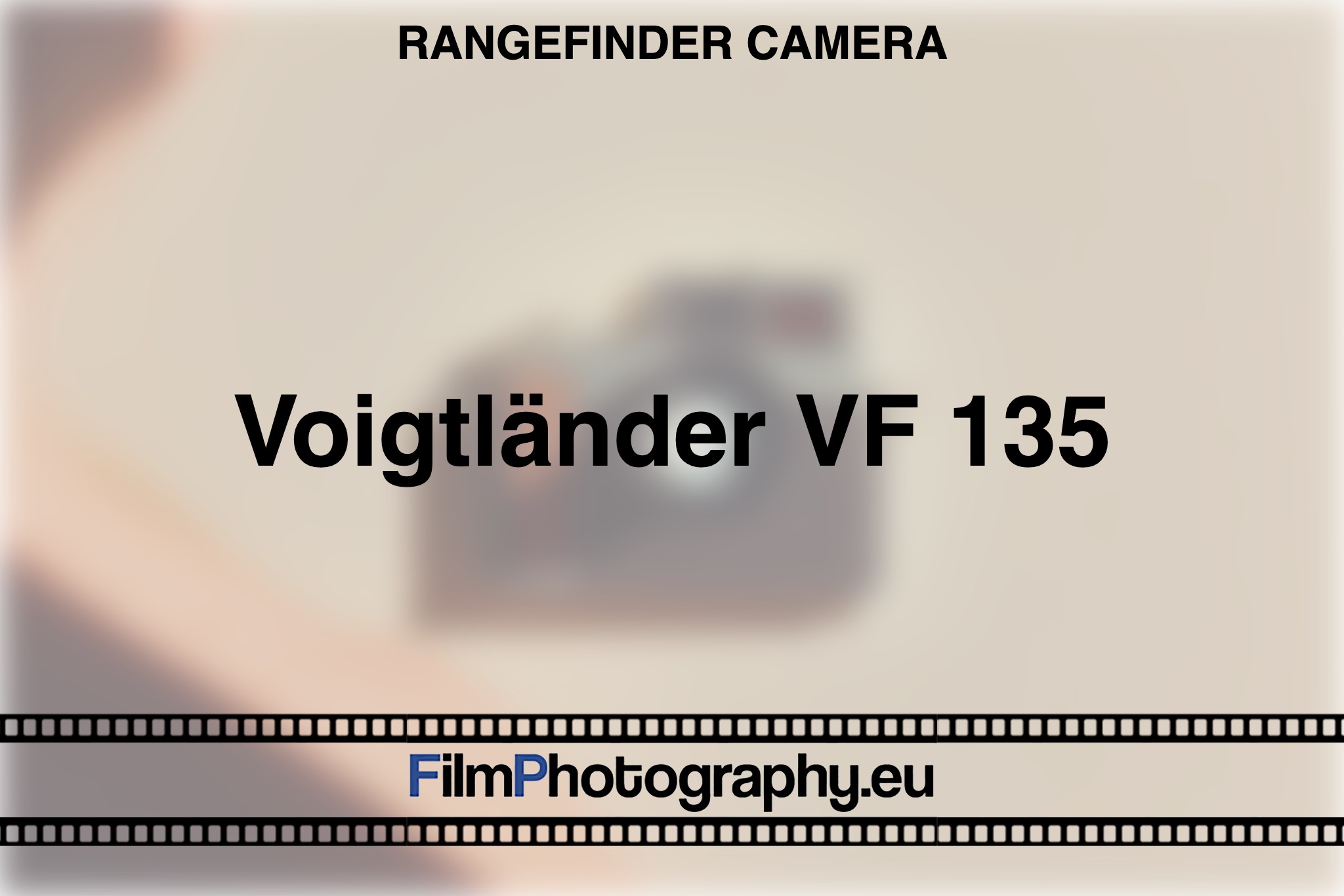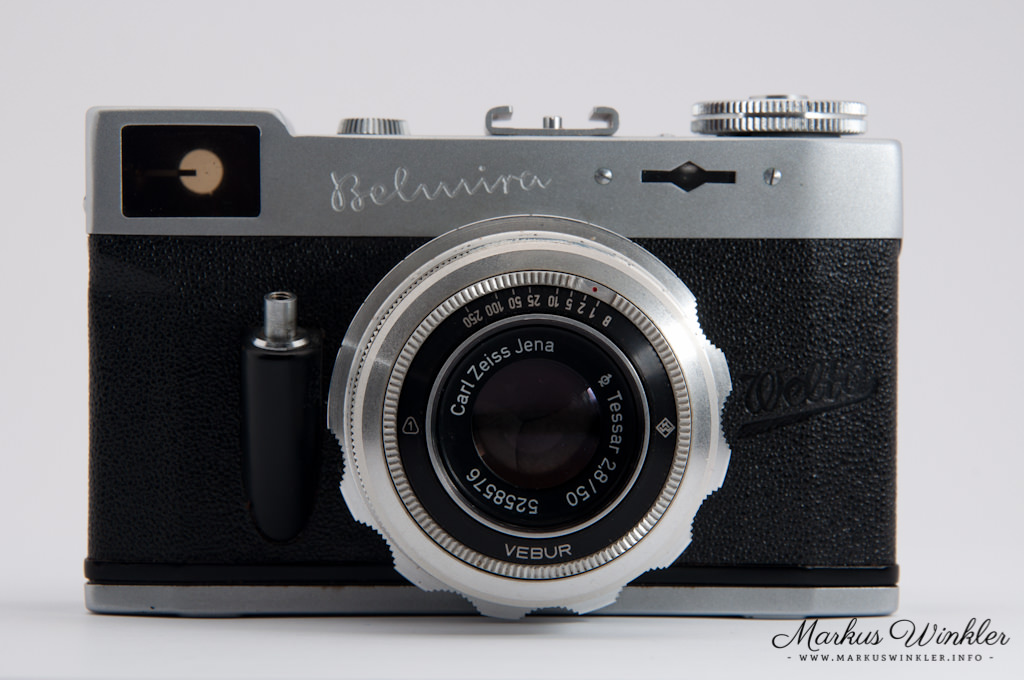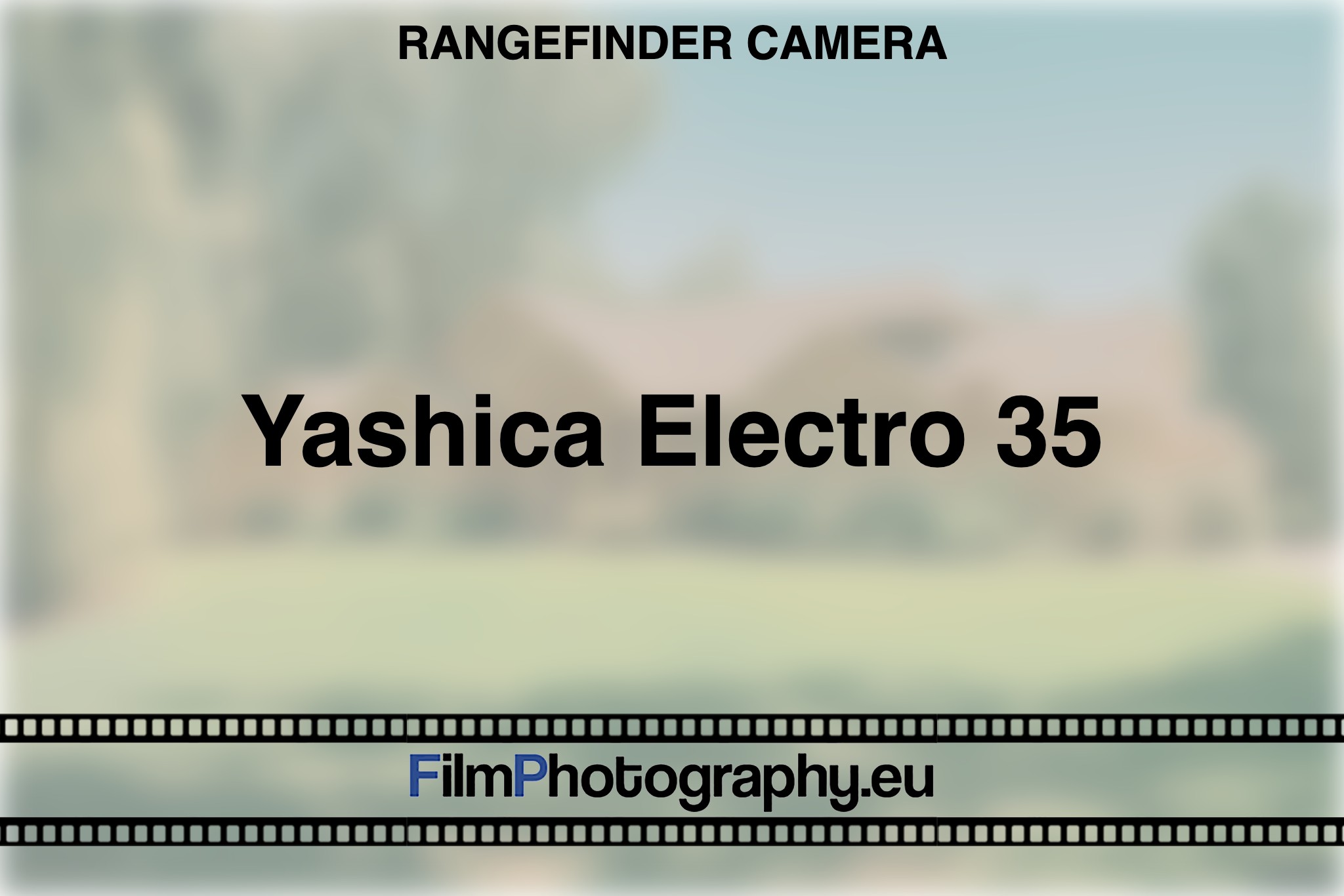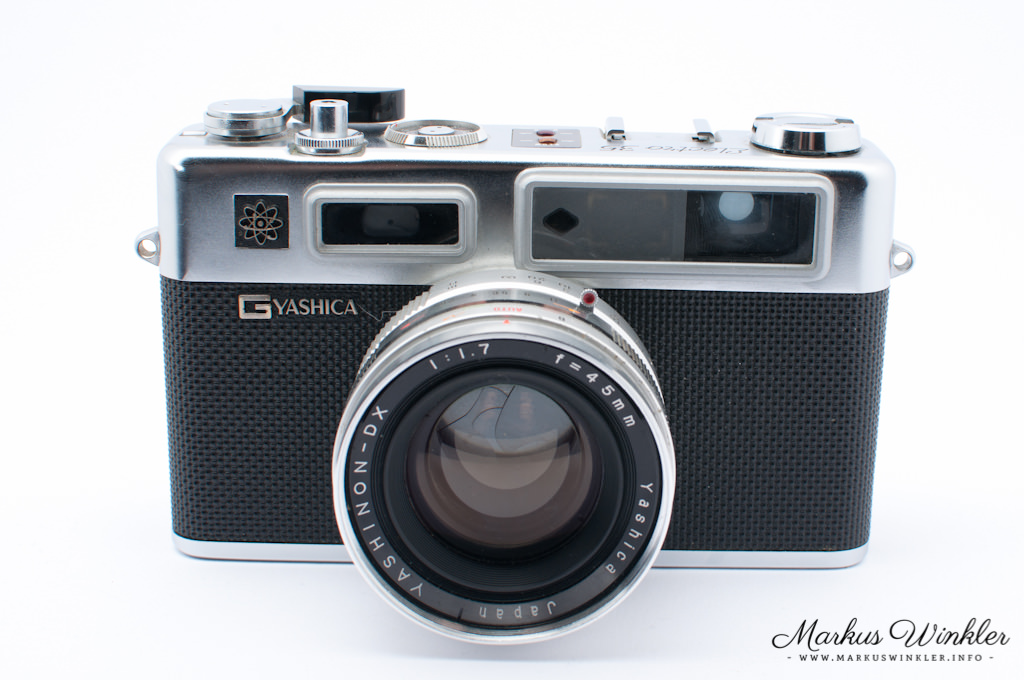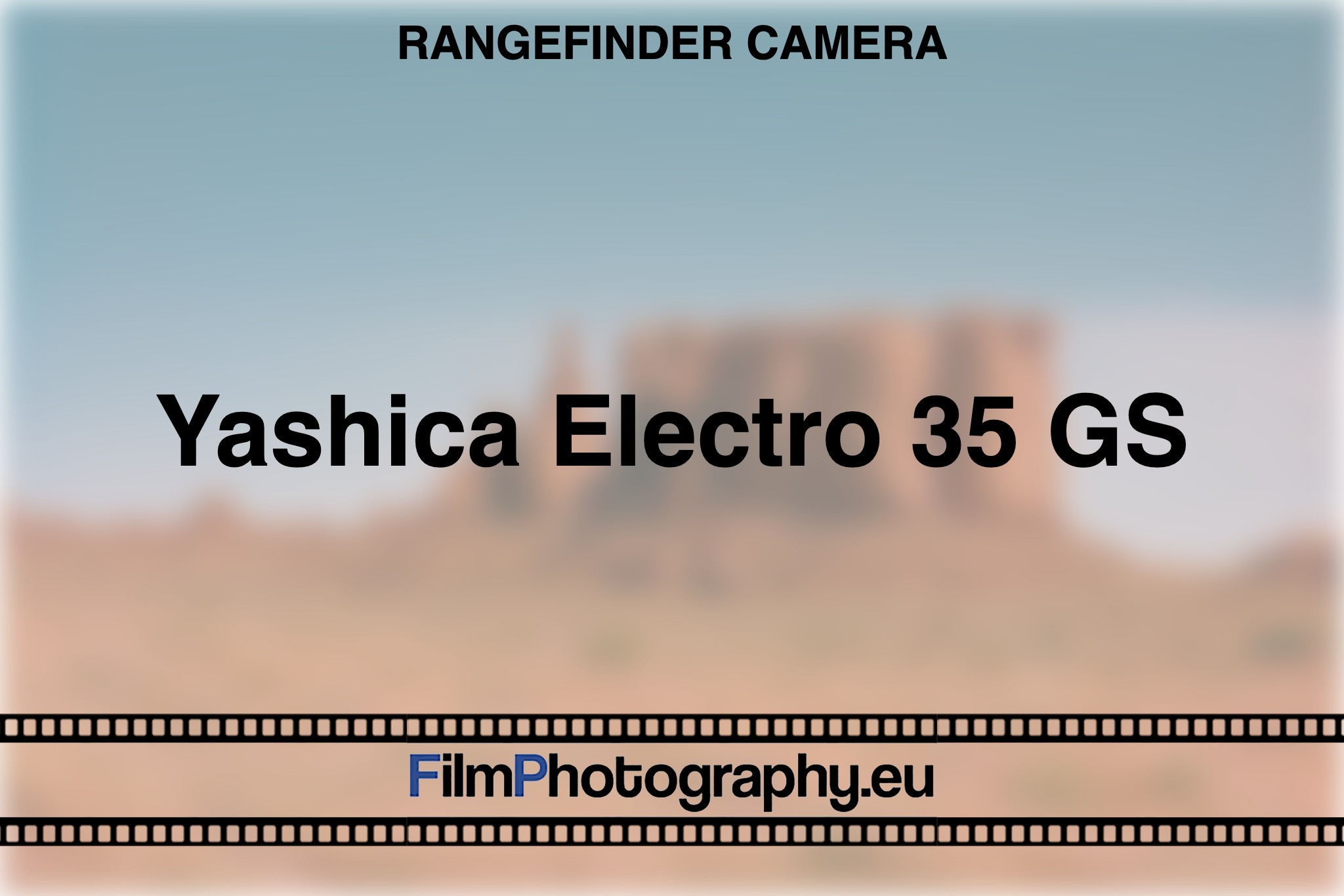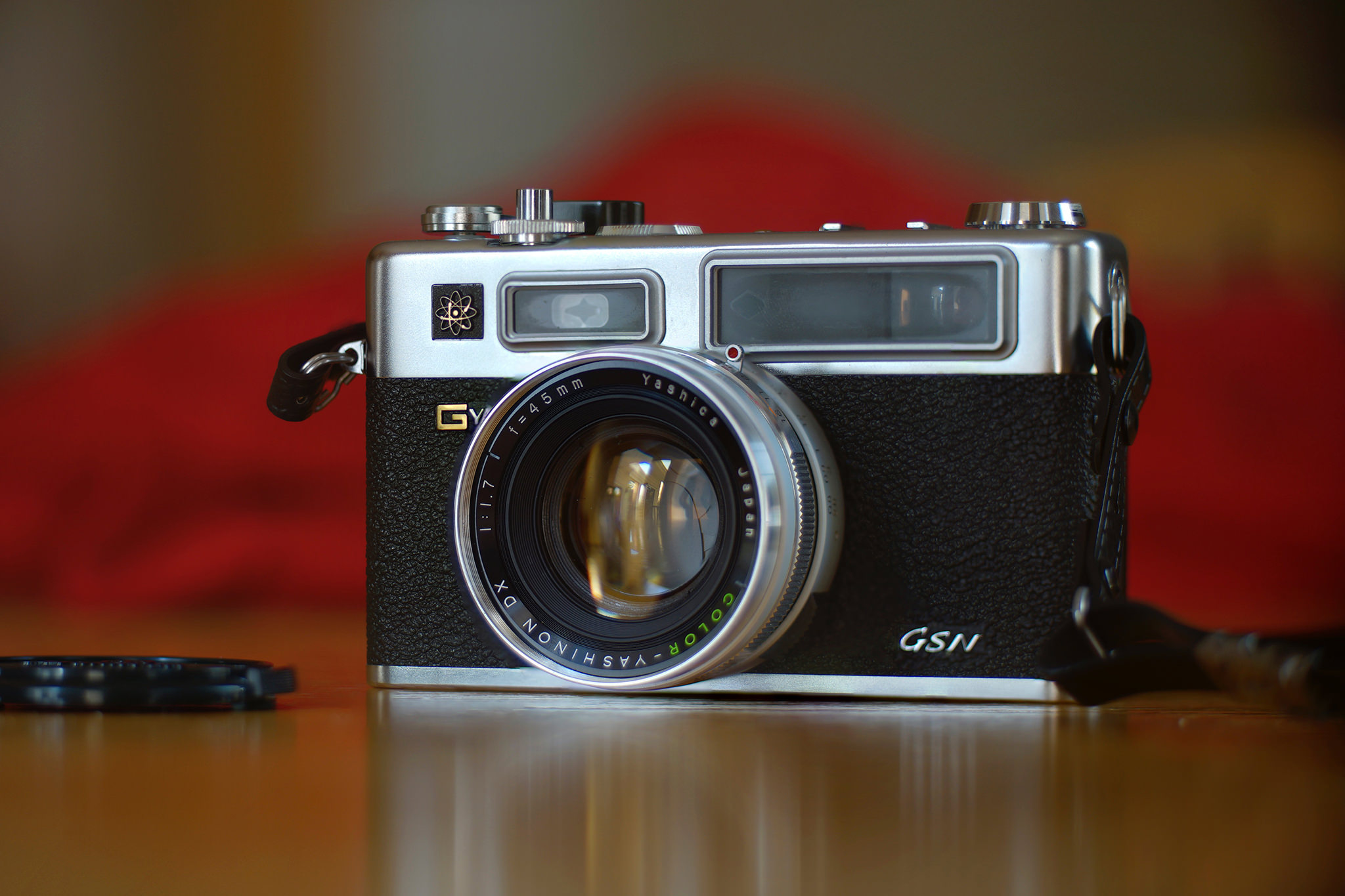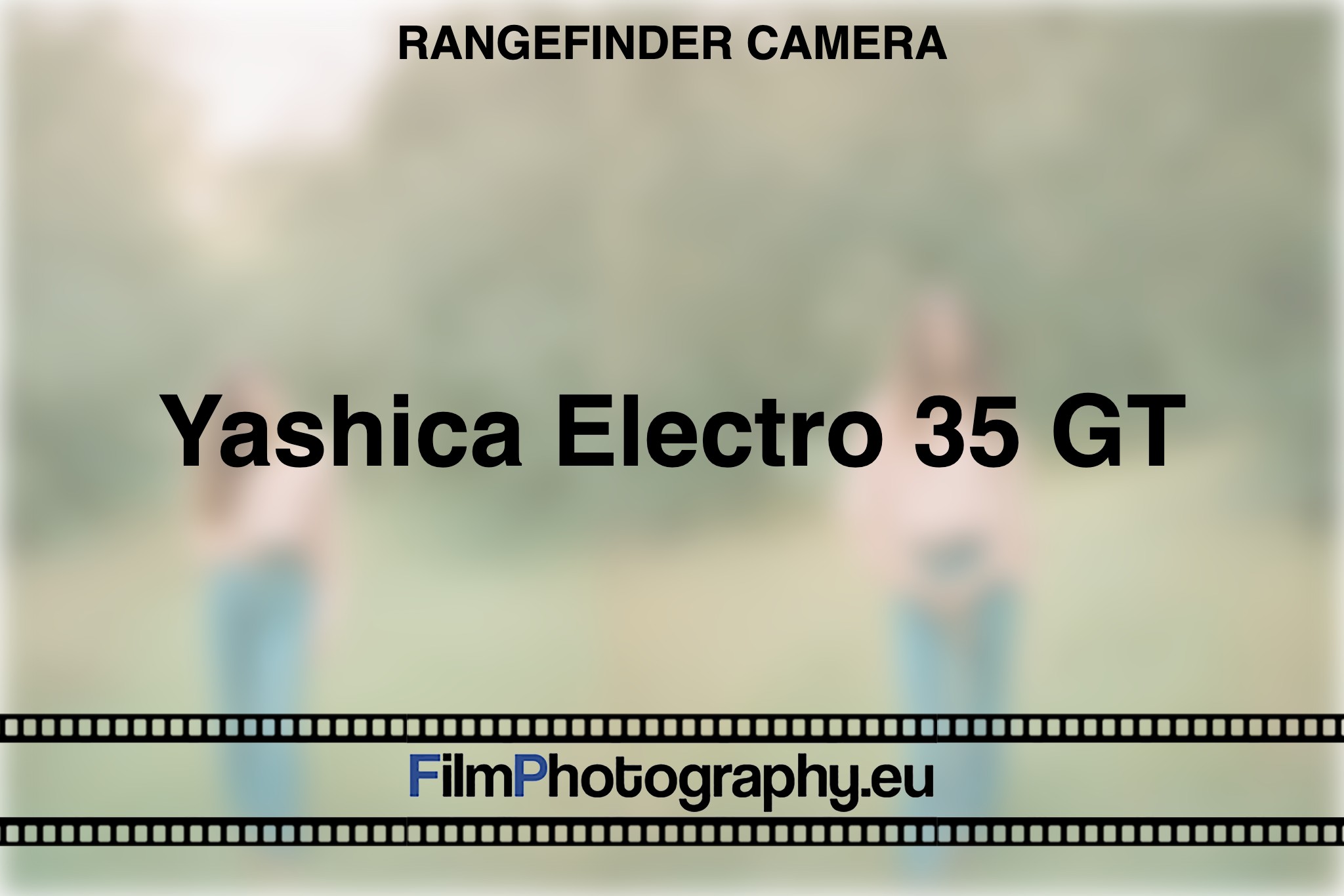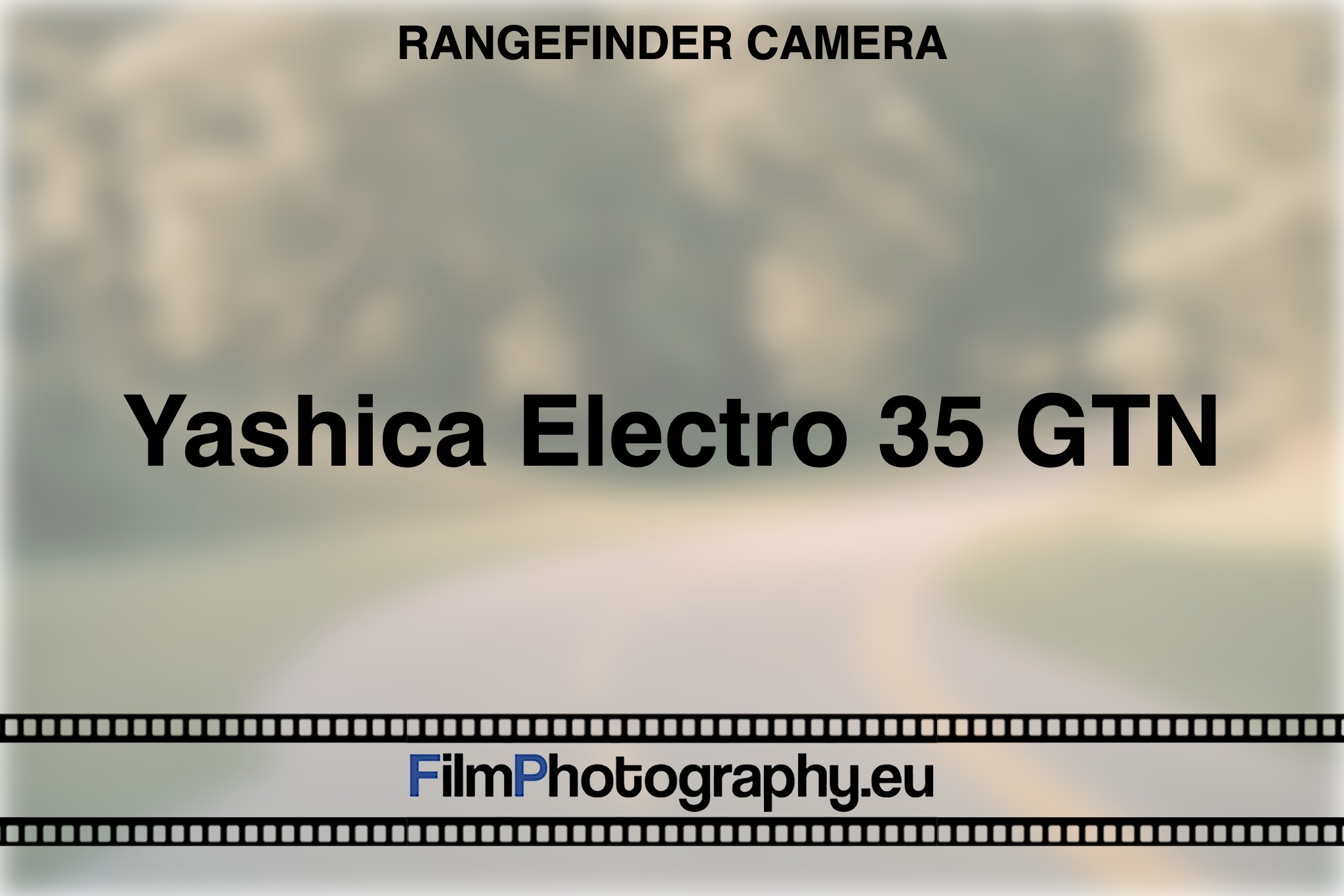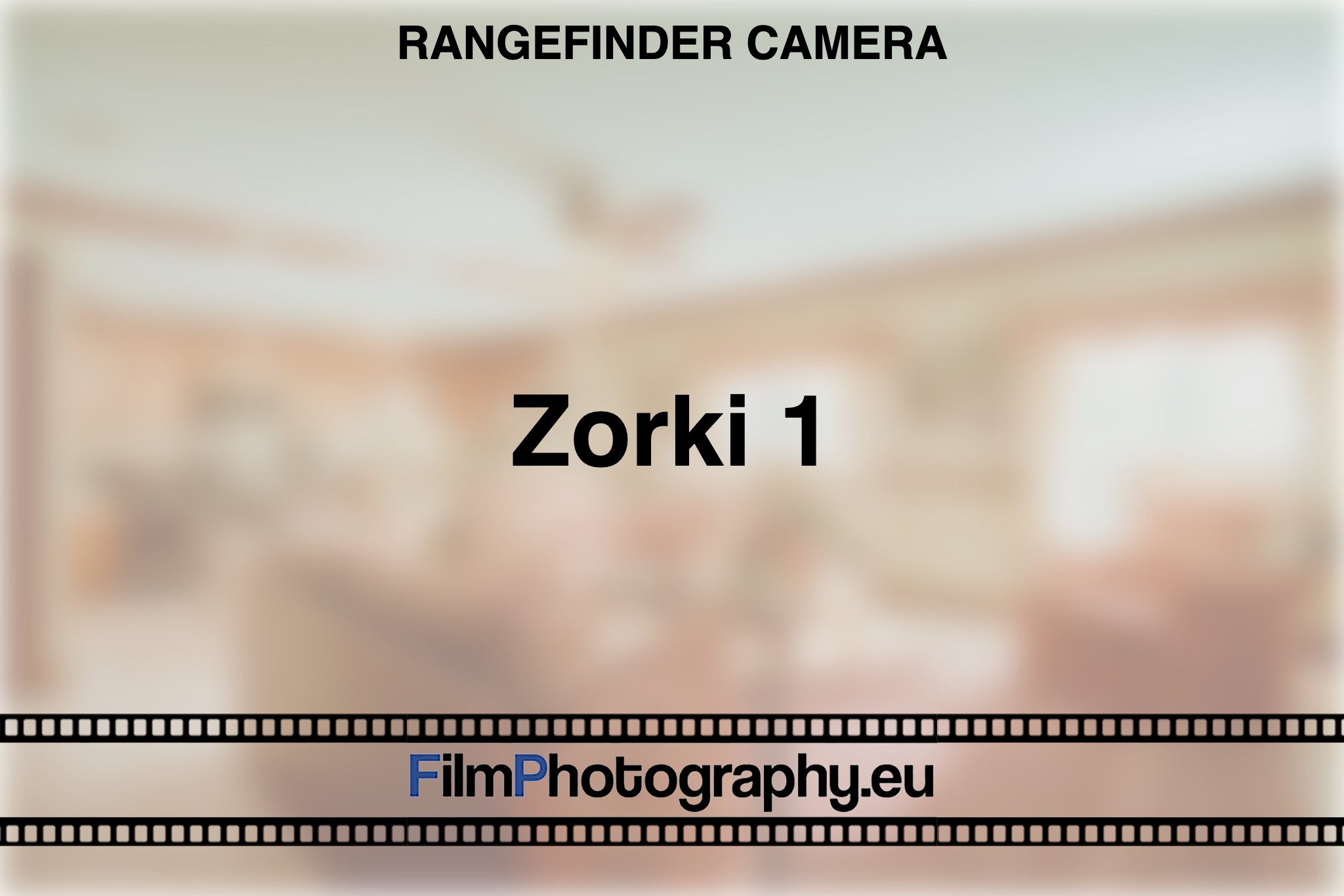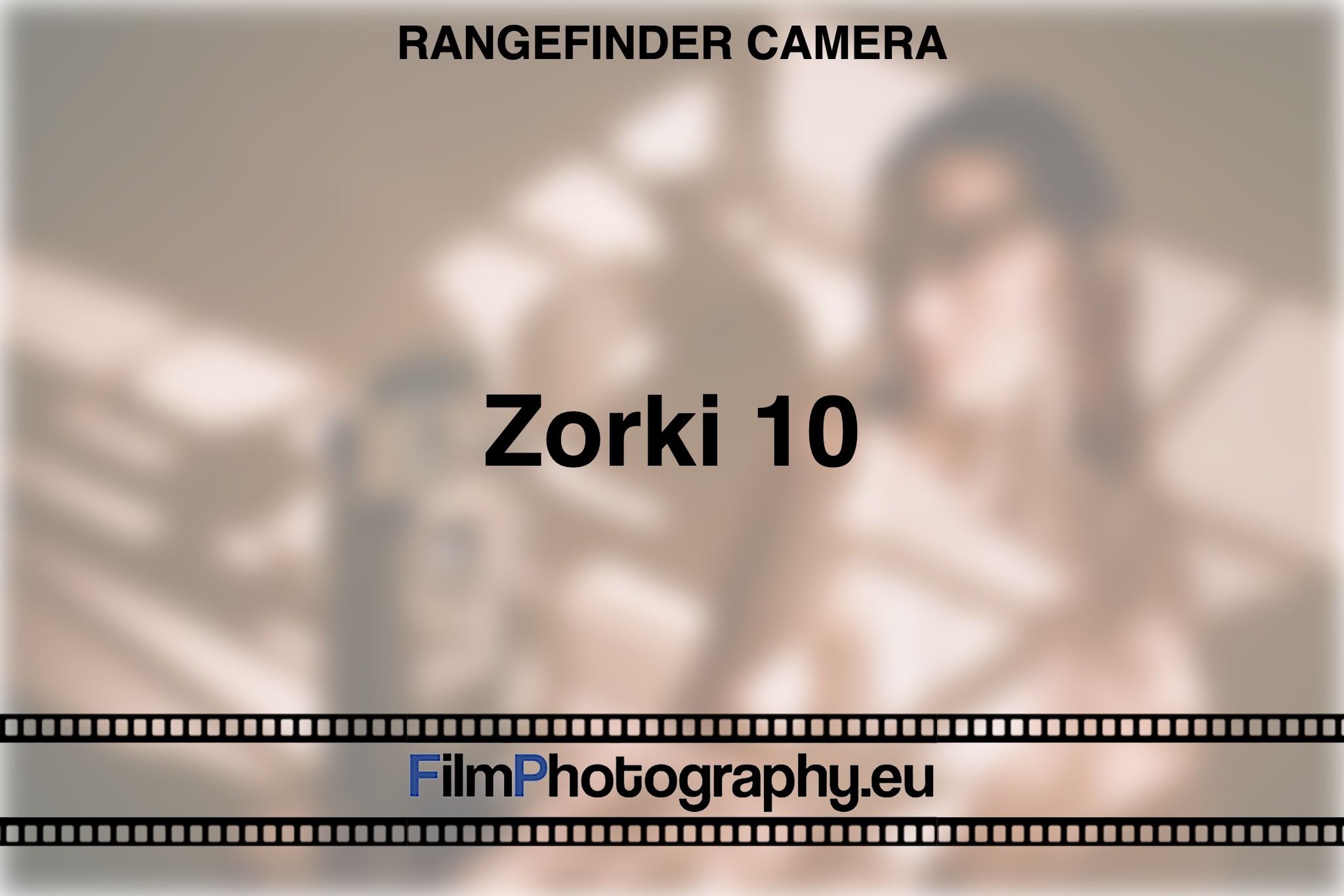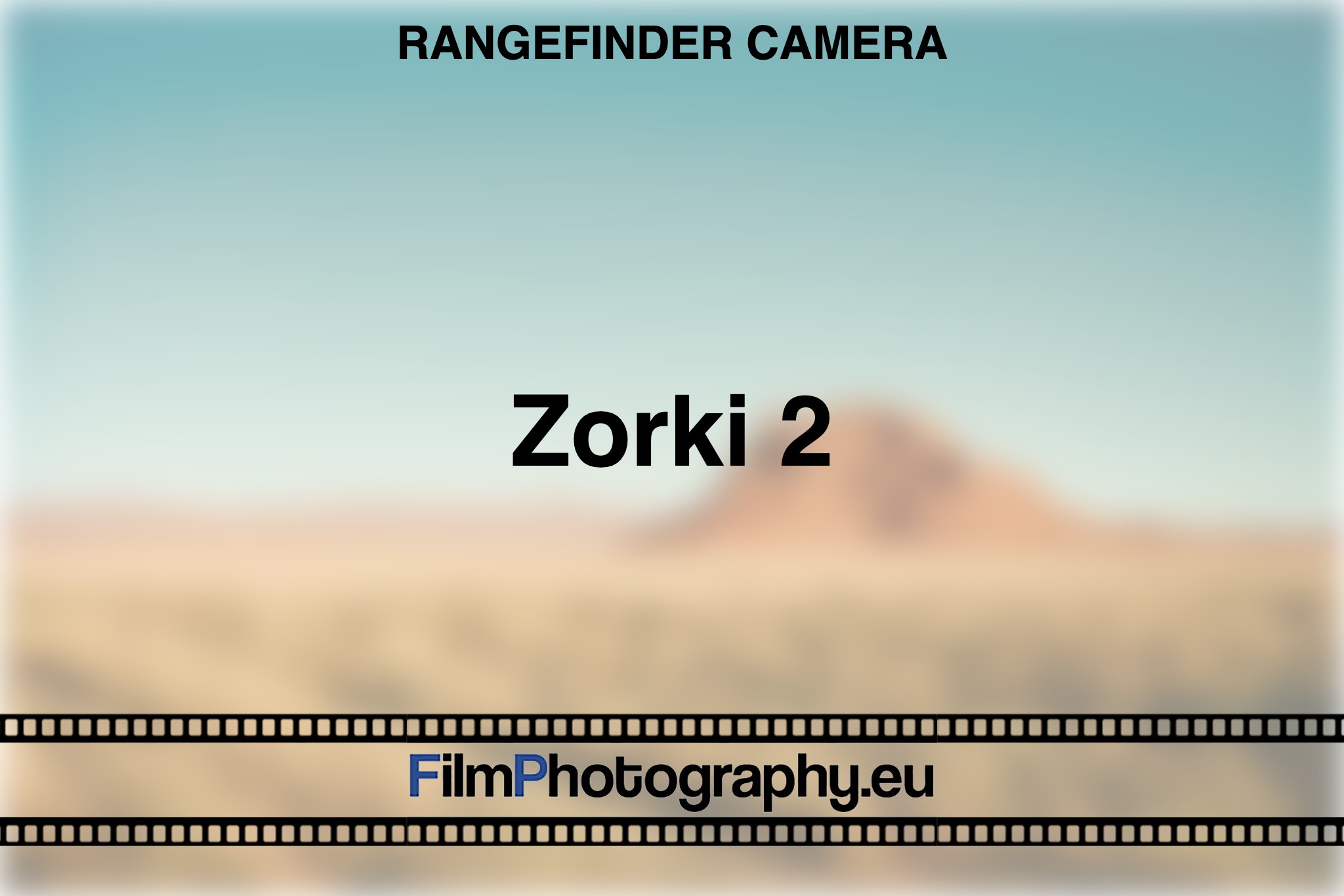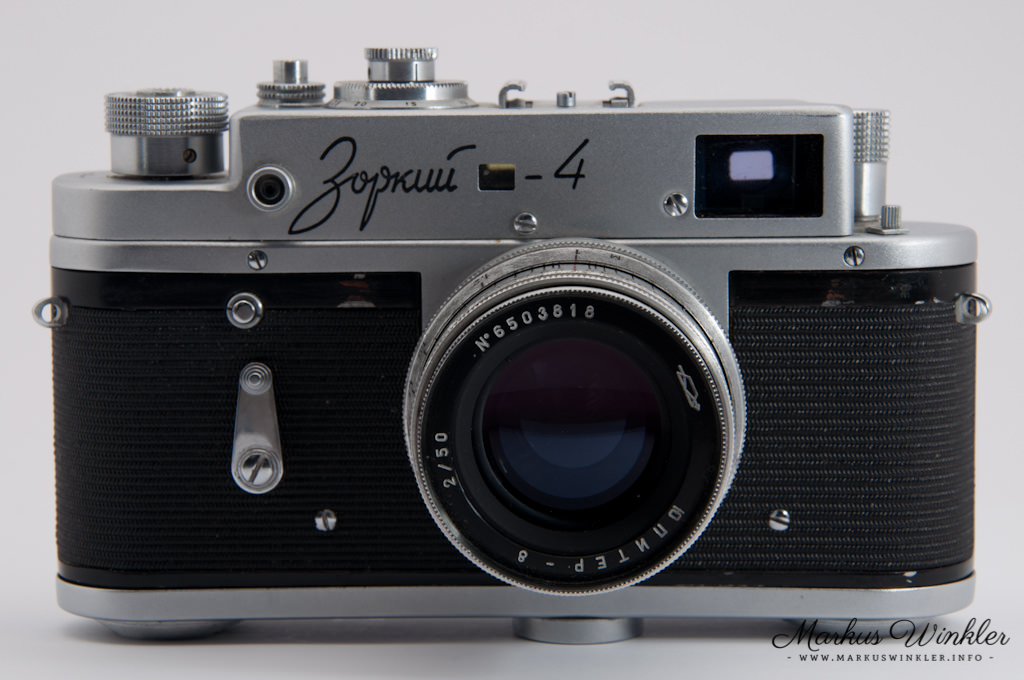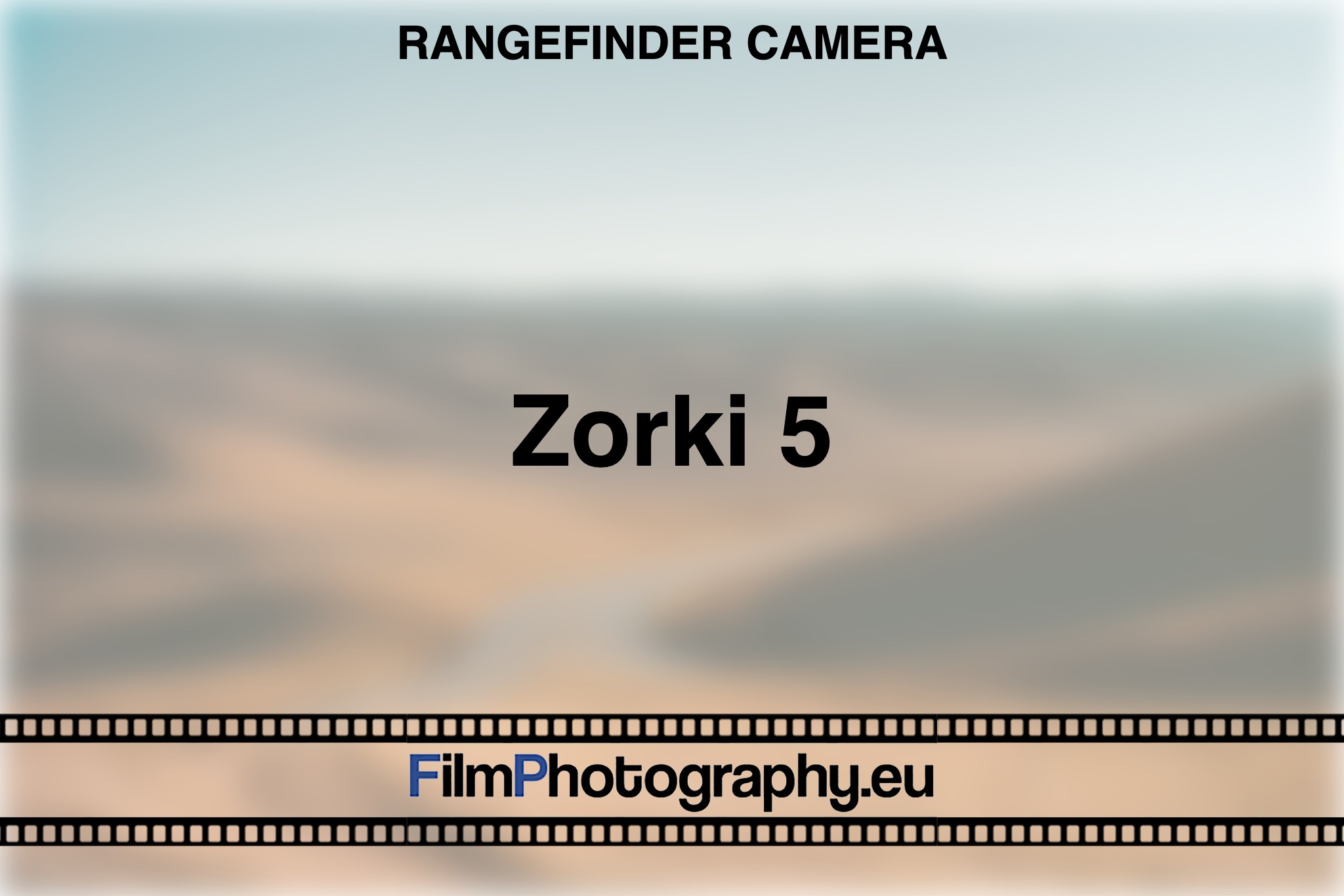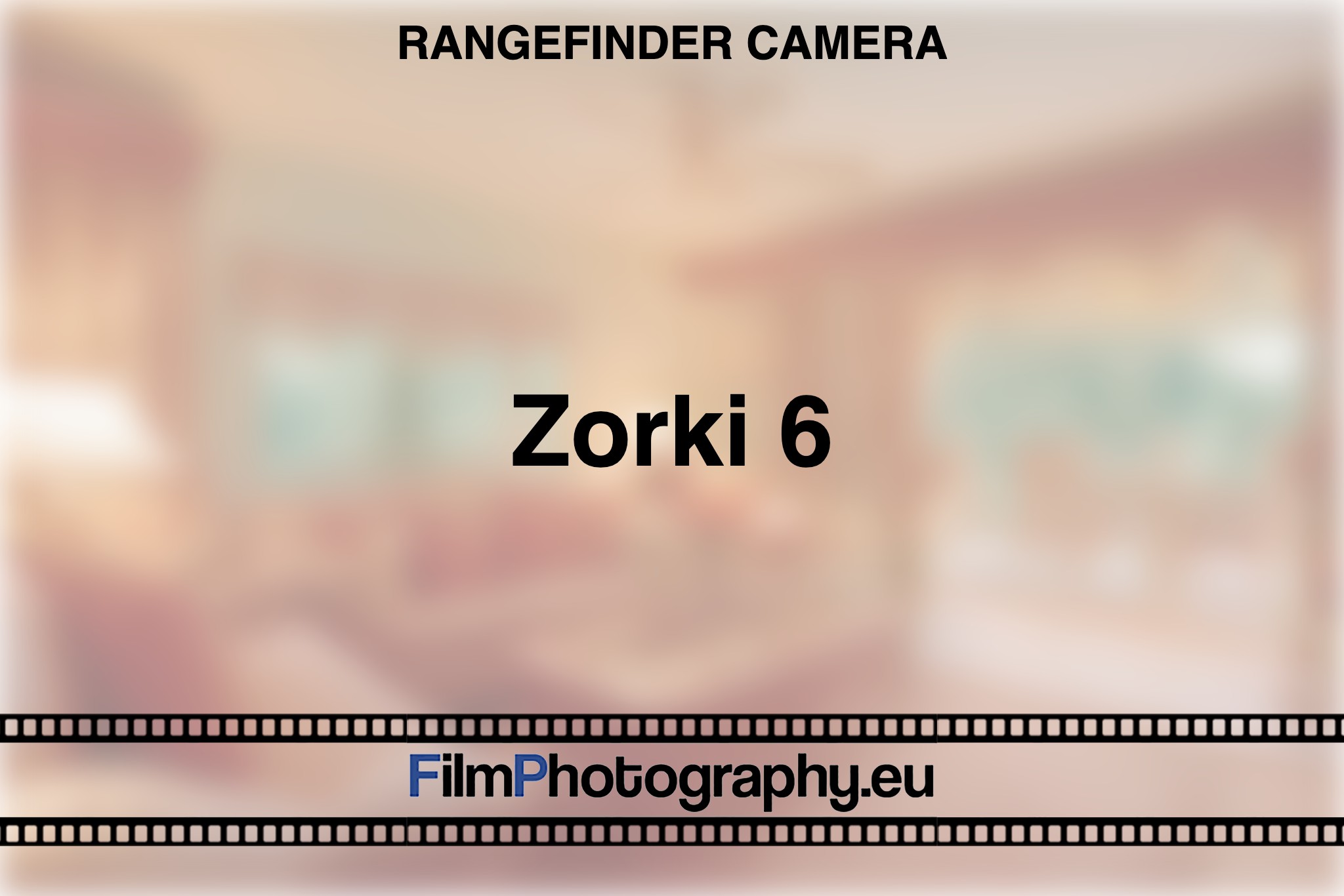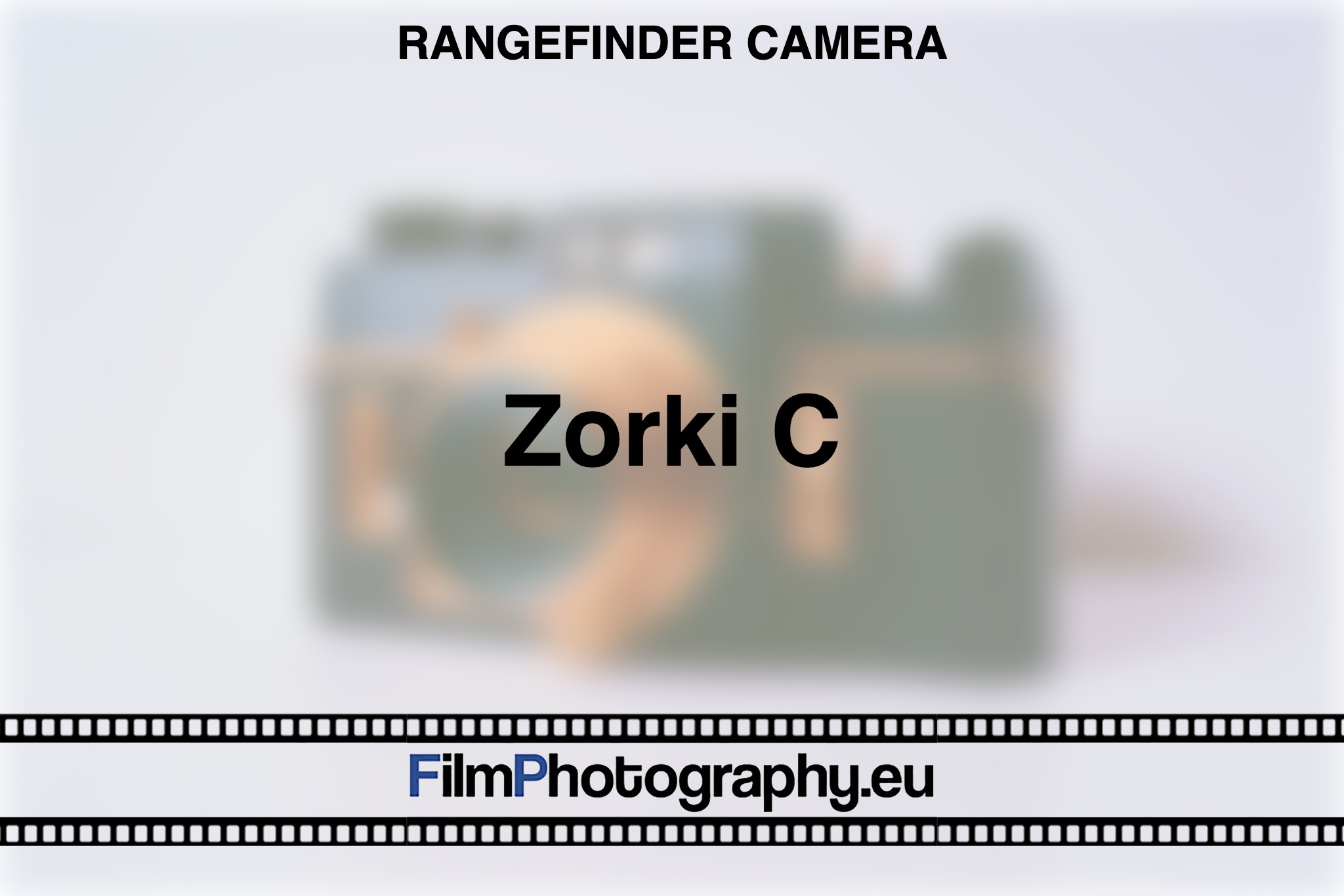A rangefinder camera is a camera with an aid for focusing in the viewfinder. One of the first cameras of this type was the Contax II from Zeiss Ikon. Even better known today are the Leica cameras of the M series. Almost all models are manually focused by hand.
A split-image rangefinder is built into most models. The viewfinder shows two images, and turning the lens changes the position. When the images are superimposed and thus merge into one, the subject is in focus. Some models or with external rangefinders, the result must still be transferred to the lens, since there is no direct connection.
The disadvantages are due to the decoupling between the viewfinder and the lens, the lack of control. There are also difficulties when using telephoto lenses, as the corresponding viewfinder frame would be very small and make precise image composition and focusing extremely difficult.
These cameras have been used by many famous photographers throughout history and are especially popular in street photography, documentary photography, and travel photography.
Henri Cartier-Bresson, widely considered the father of modern photojournalism, used a Leica rangefinder camera throughout his career. He was known for his candid, spontaneous images that captured the essence of everyday life.
Another famous photographer who used rangefinder cameras was Robert Frank, best known for his book “The Americans.” Frank used a Leica rangefinder camera to photograph the people and landscapes of the United States, capturing an unvarnished view of the country that was unlike anything that had come before.
Elliott Erwitt, known for his humorous and often candid photographs of people and animals, also used a rangefinder camera throughout his career. His work, which often captures the unexpected and absurd, is a testament to the versatility and flexibility of the rangefinder camera.
